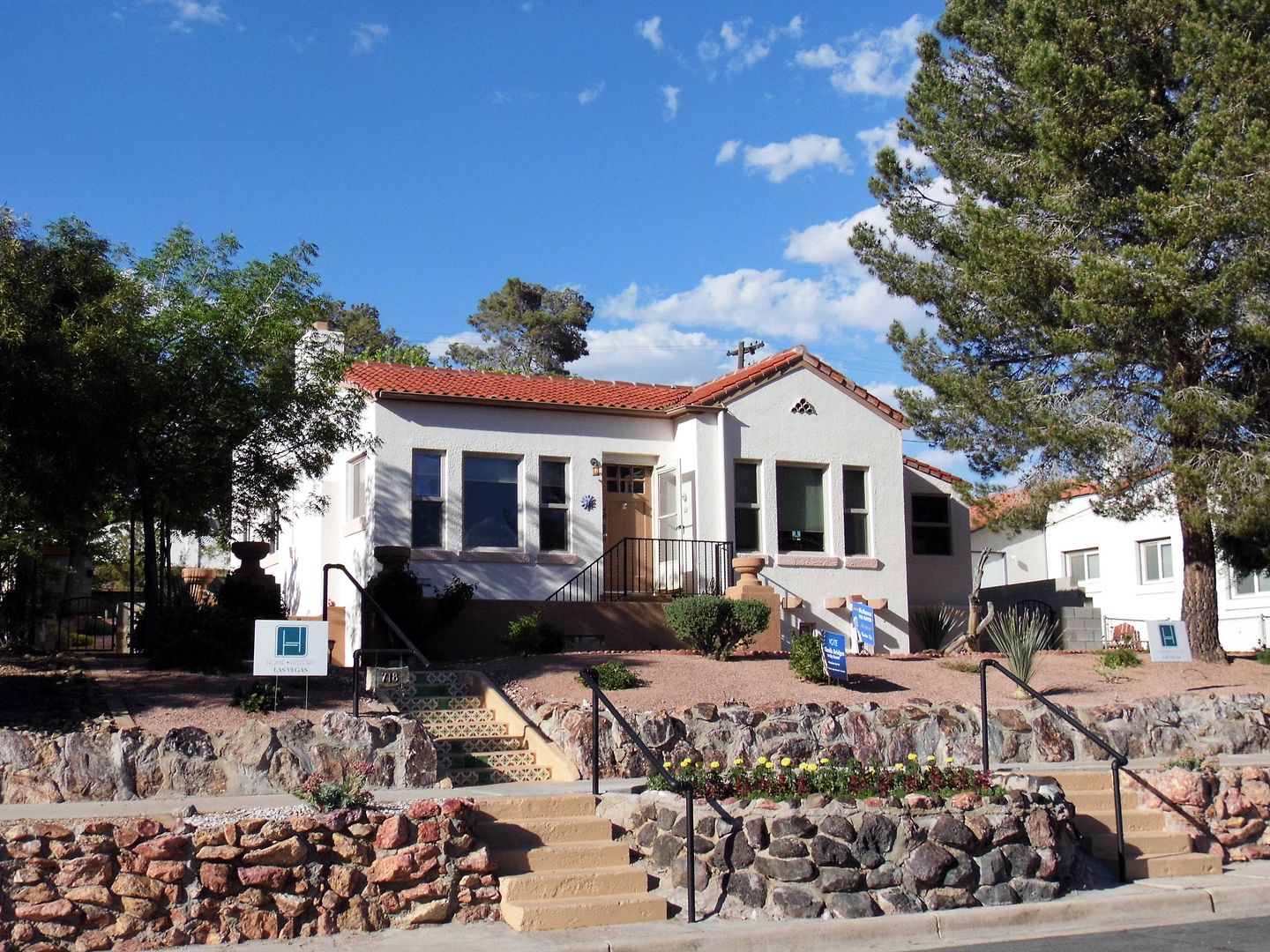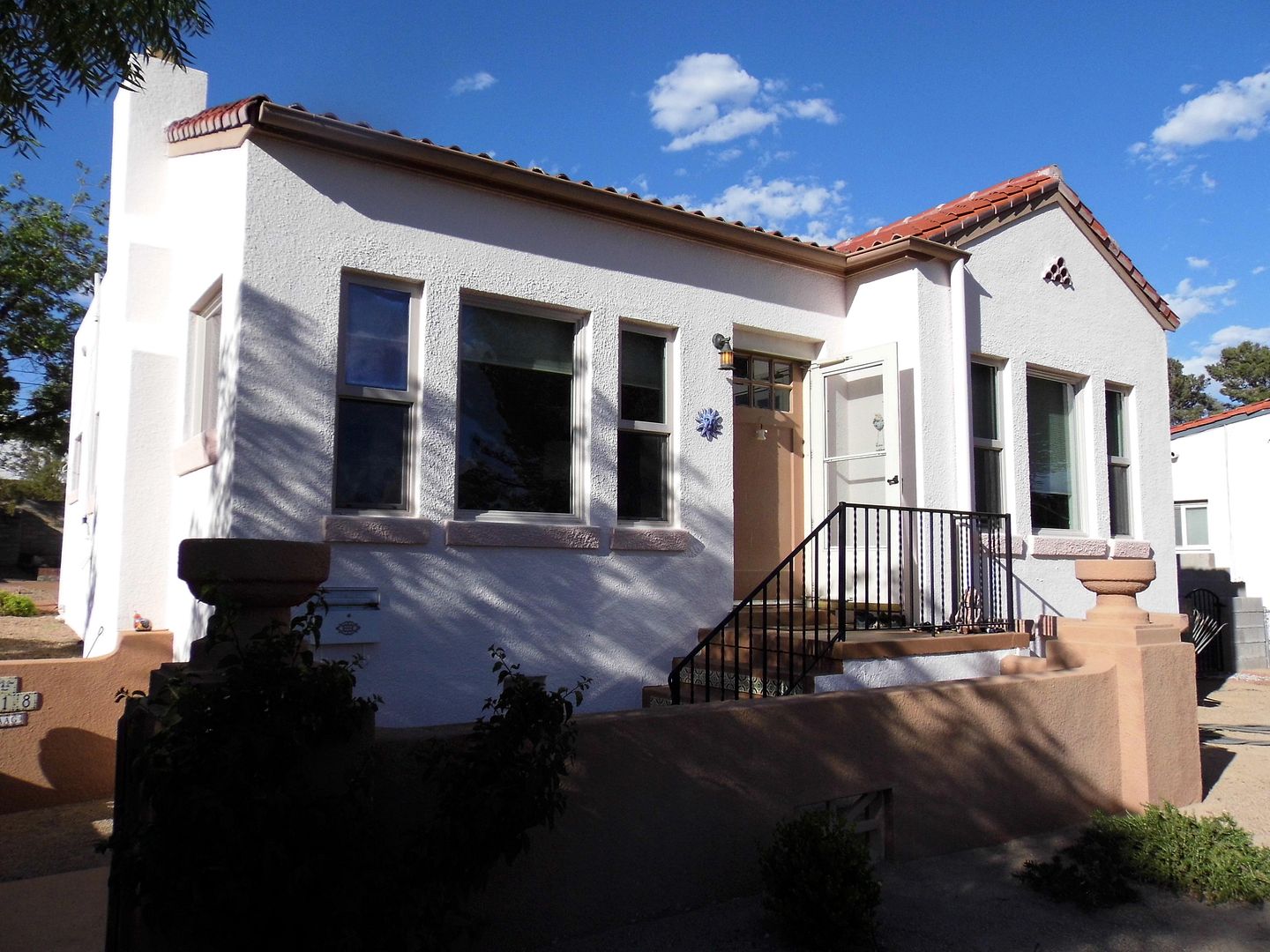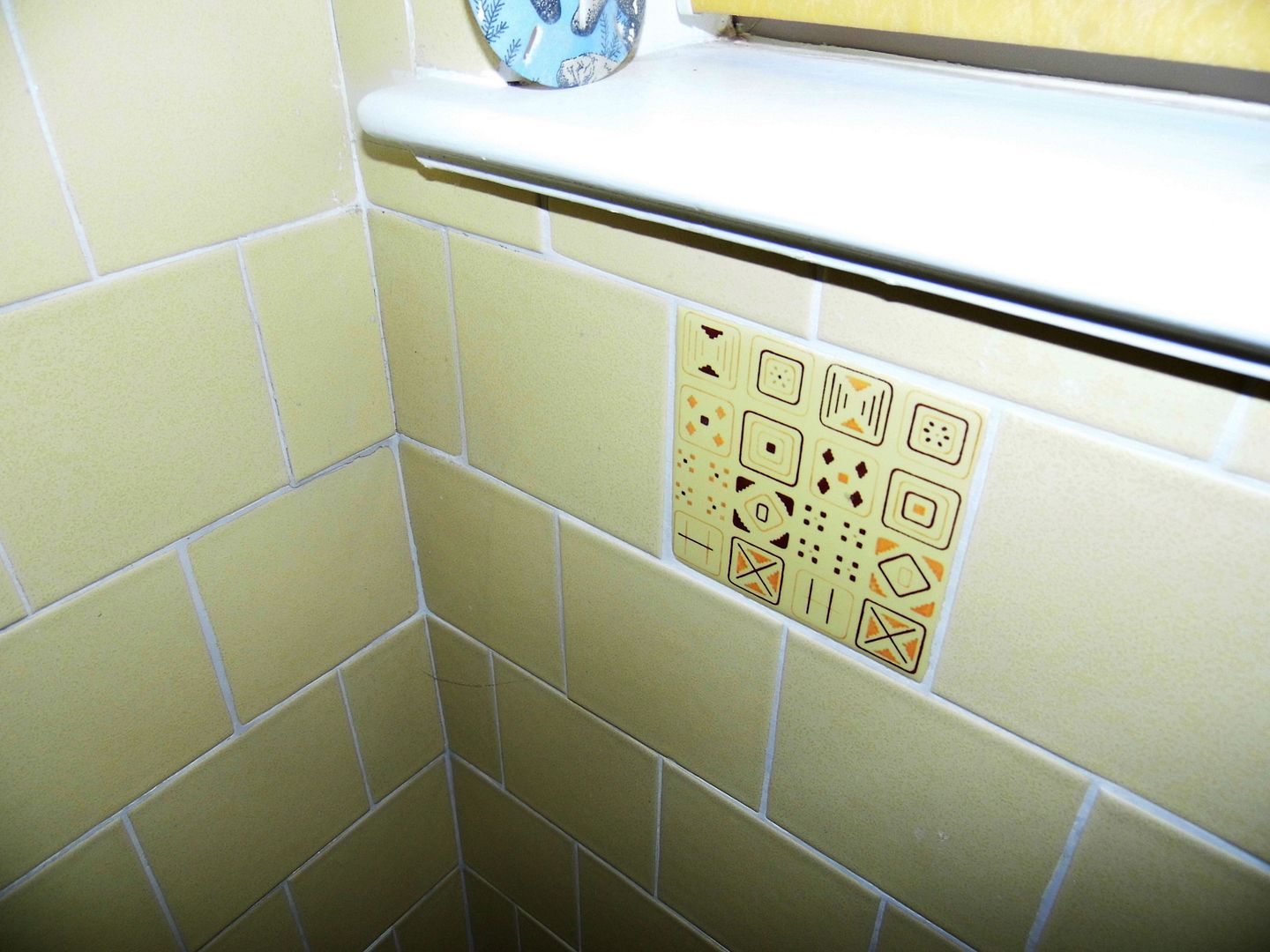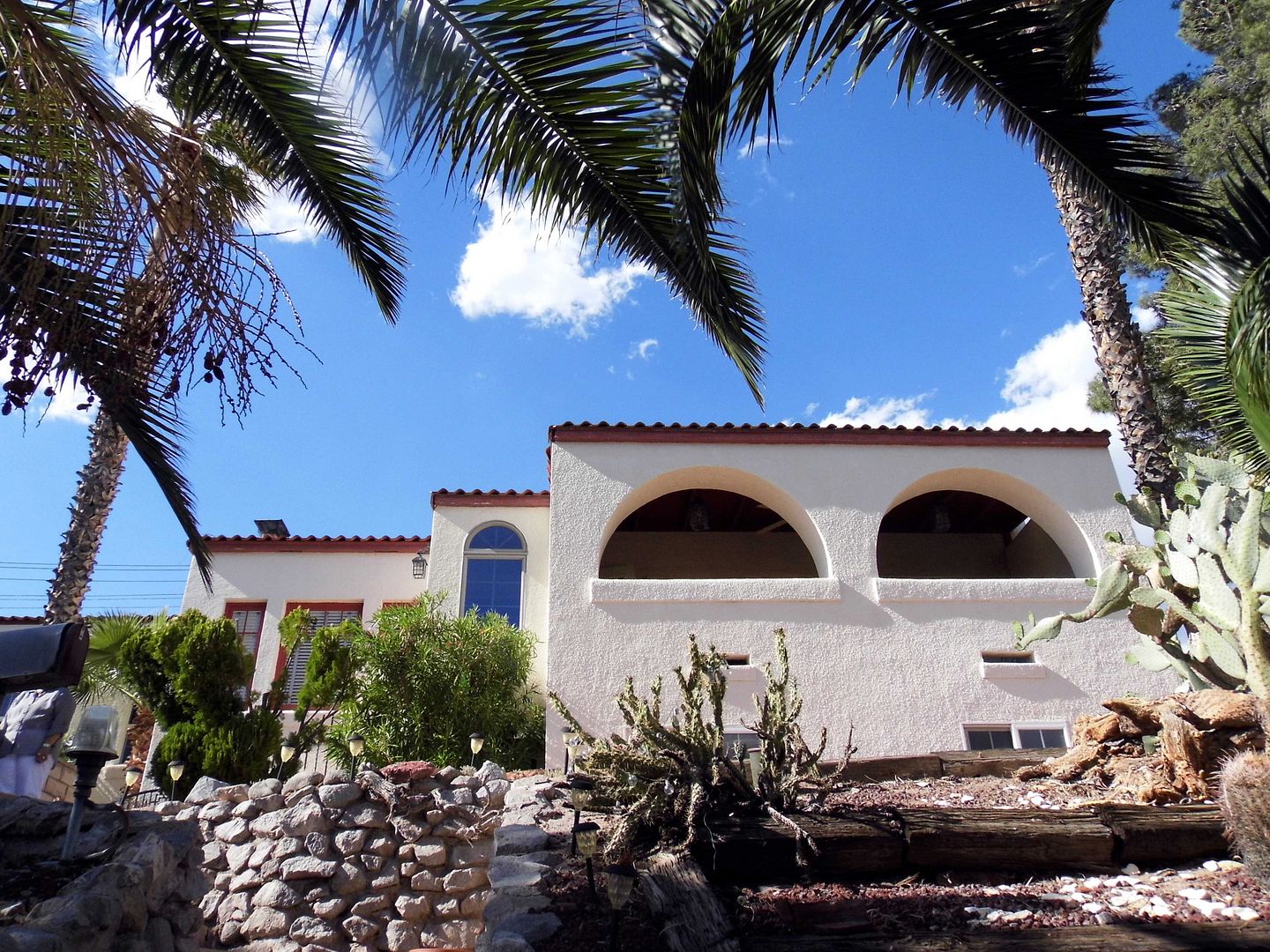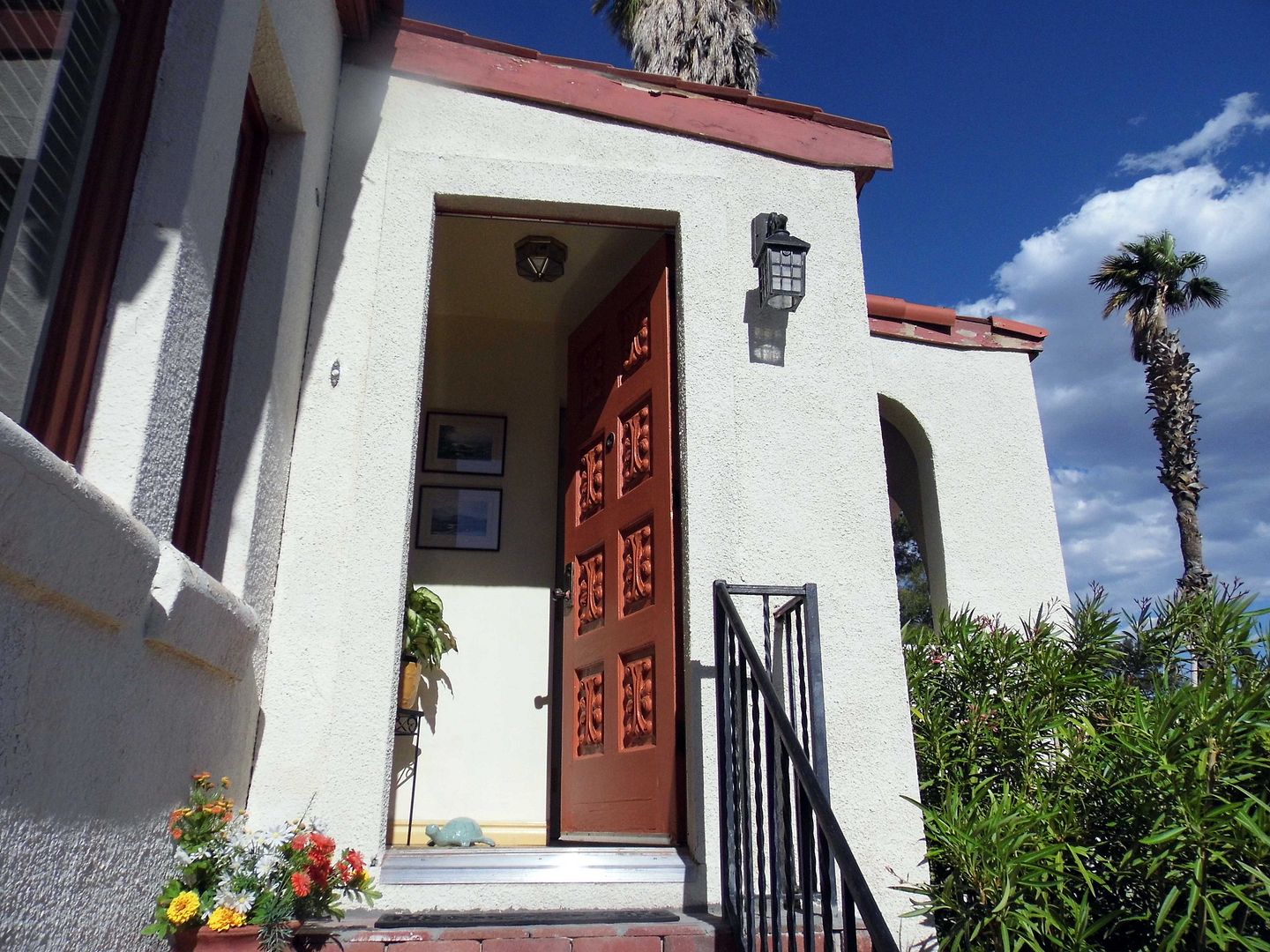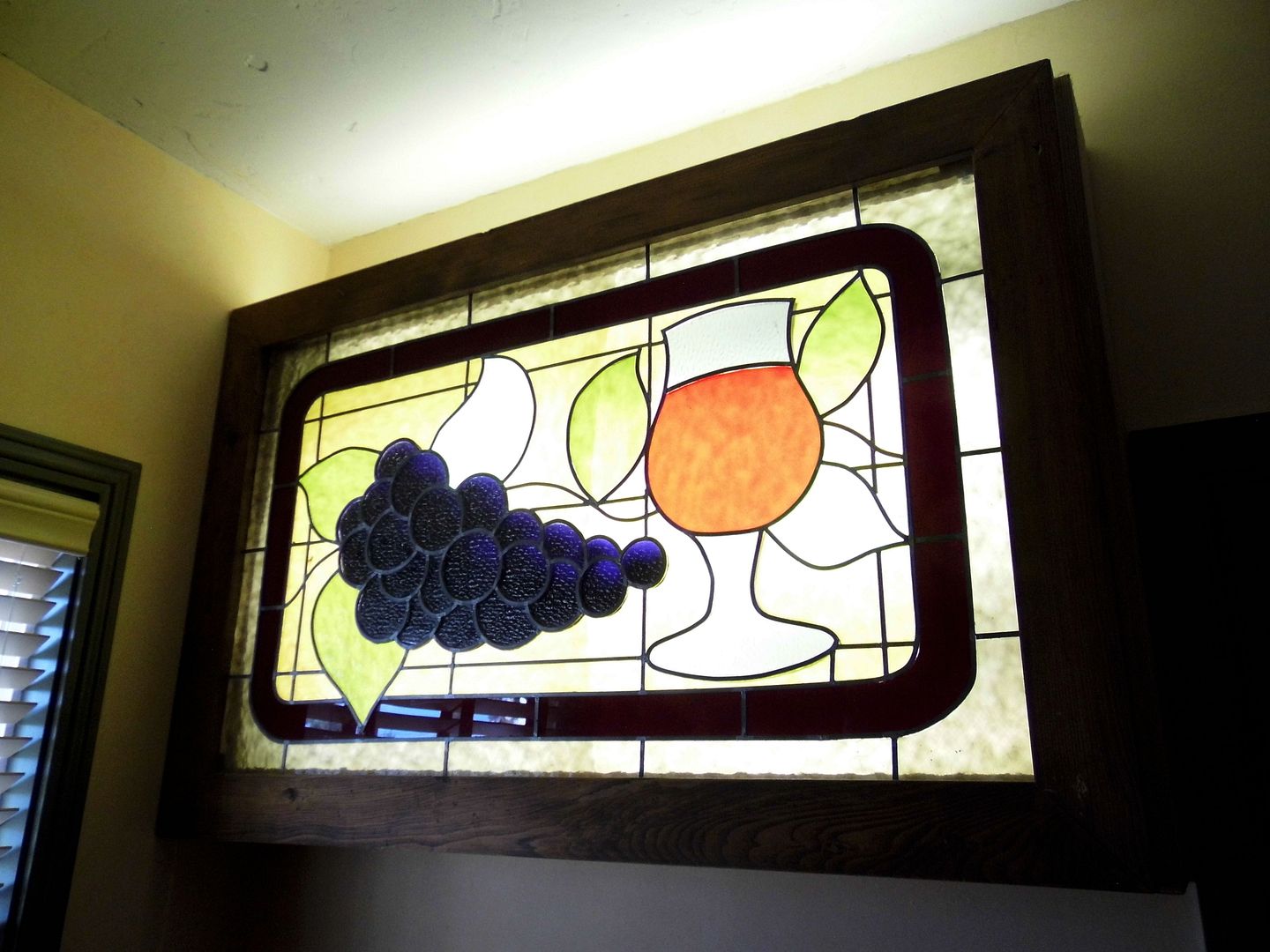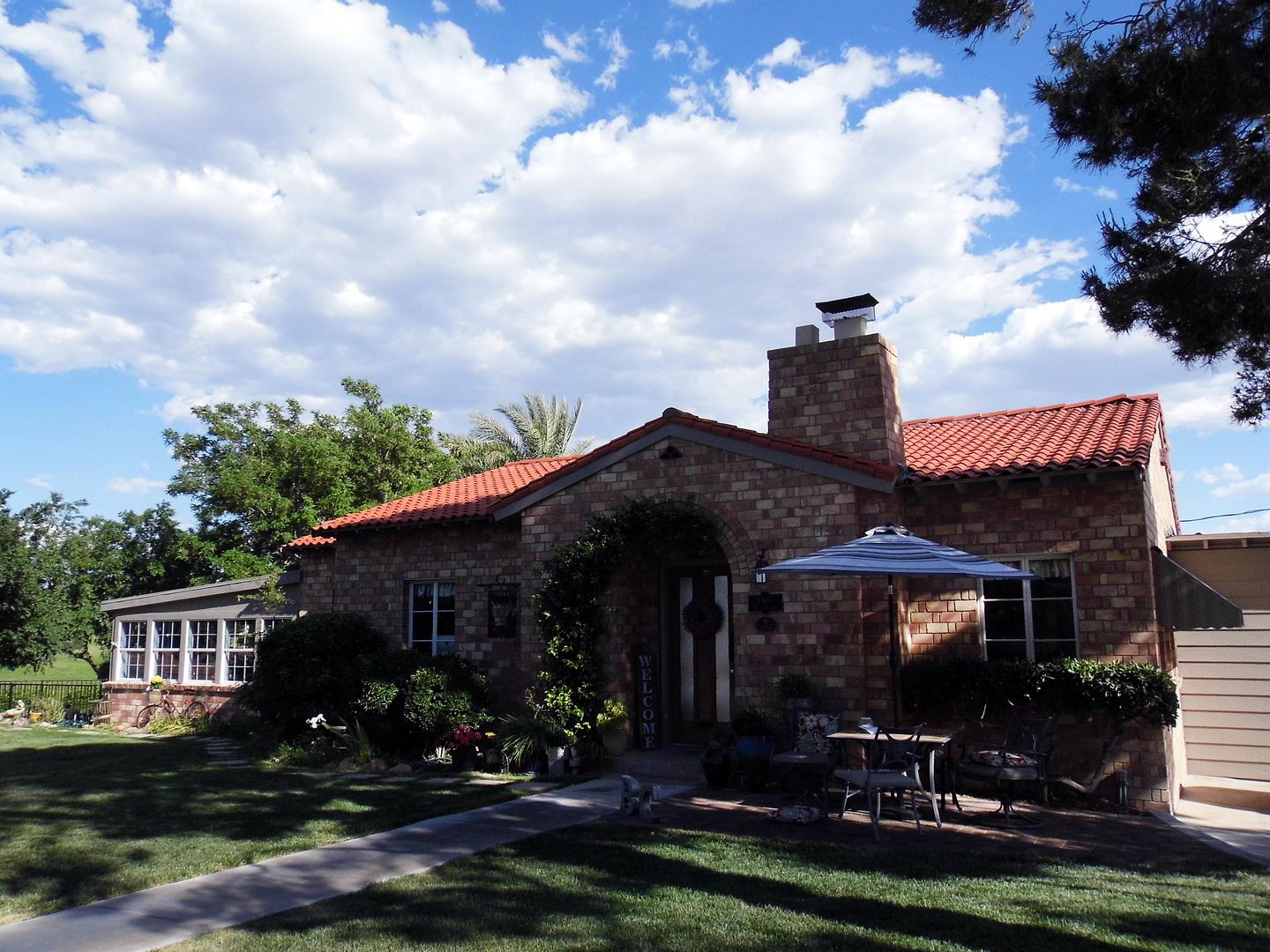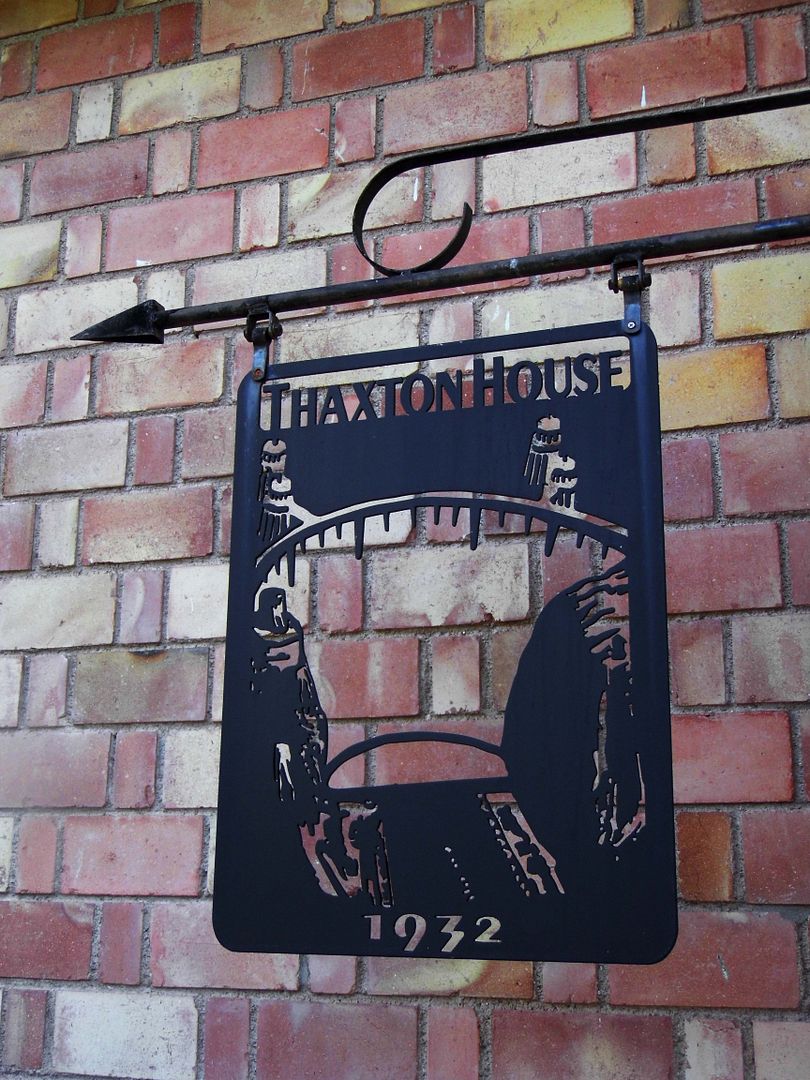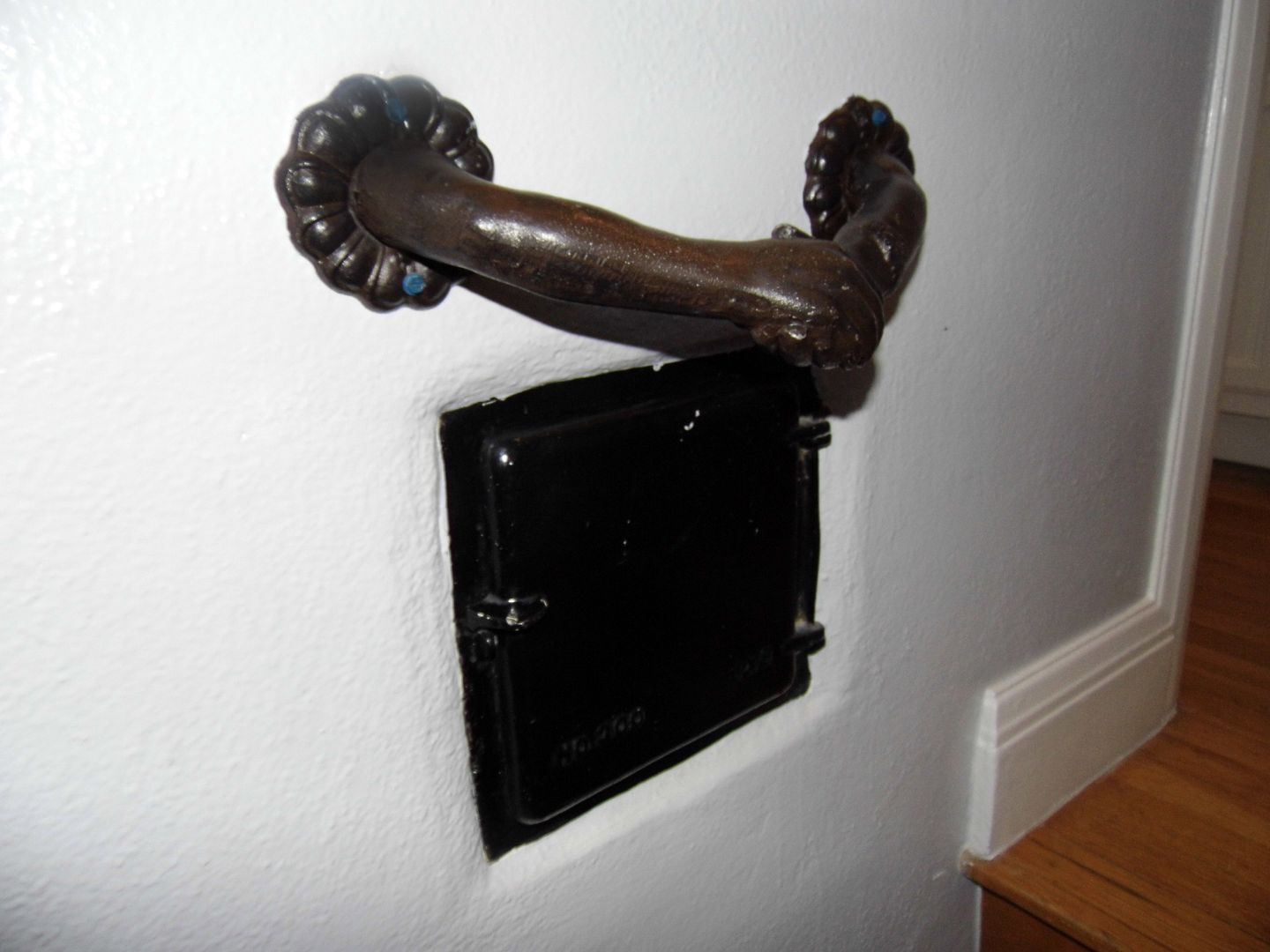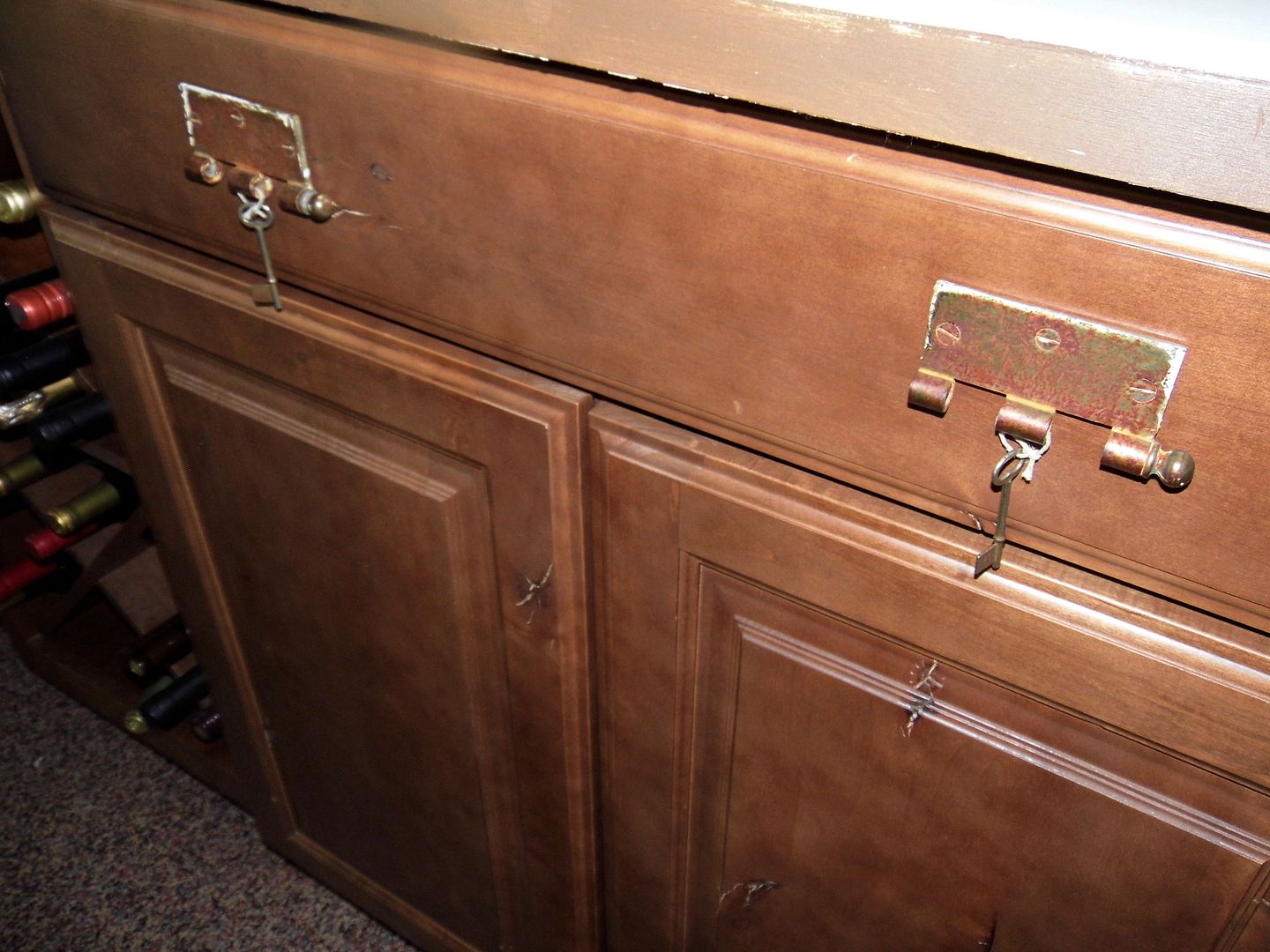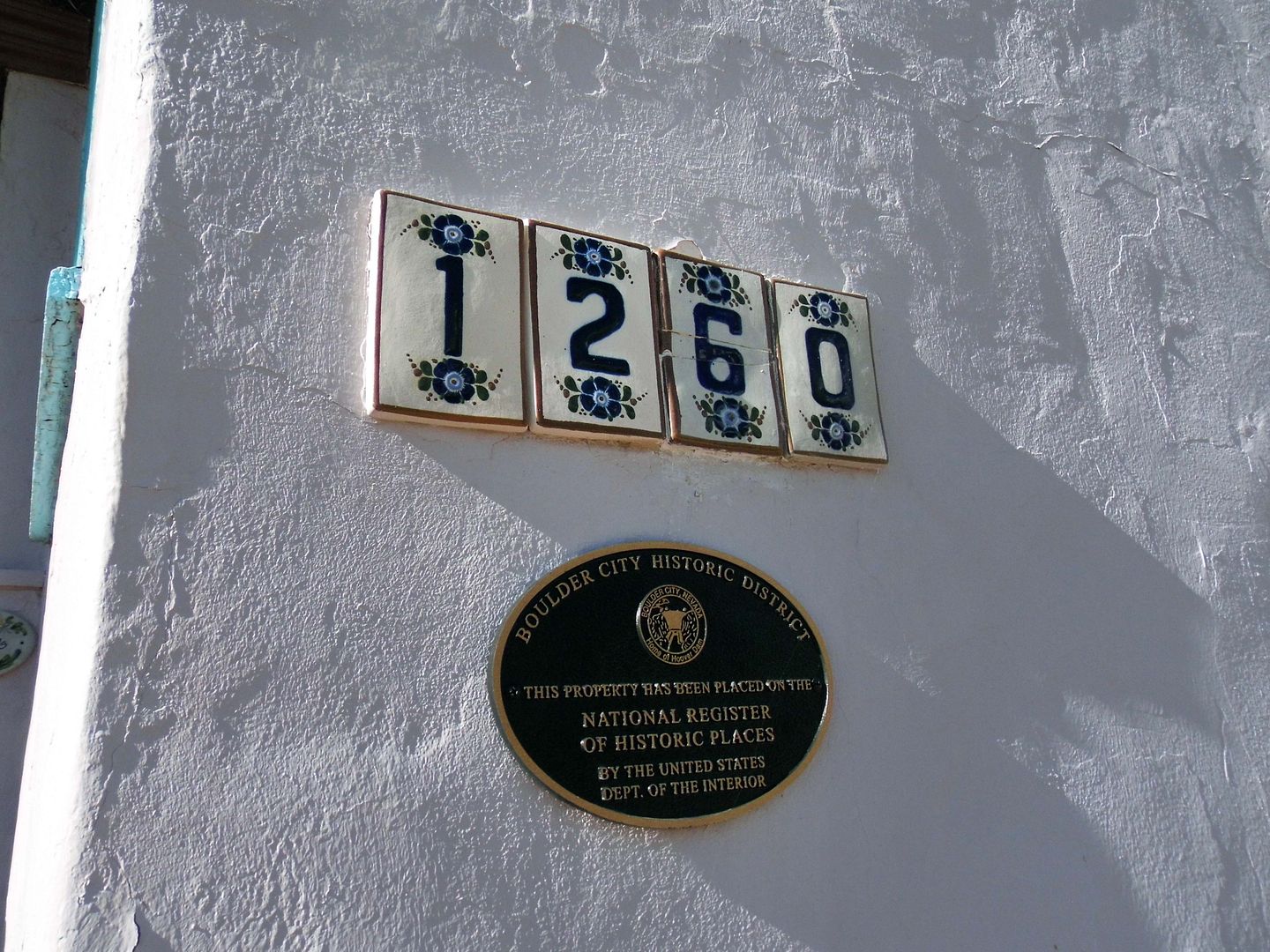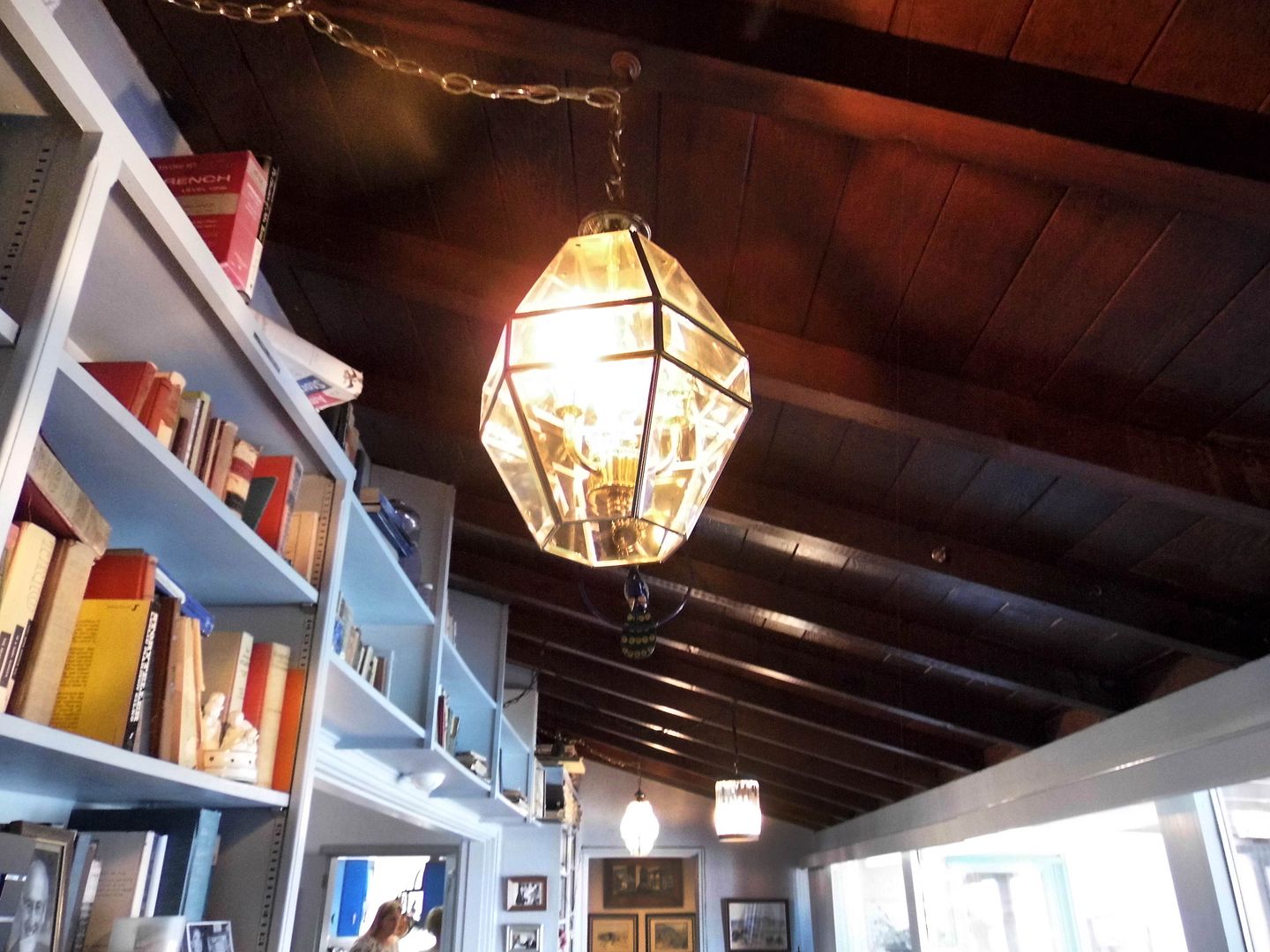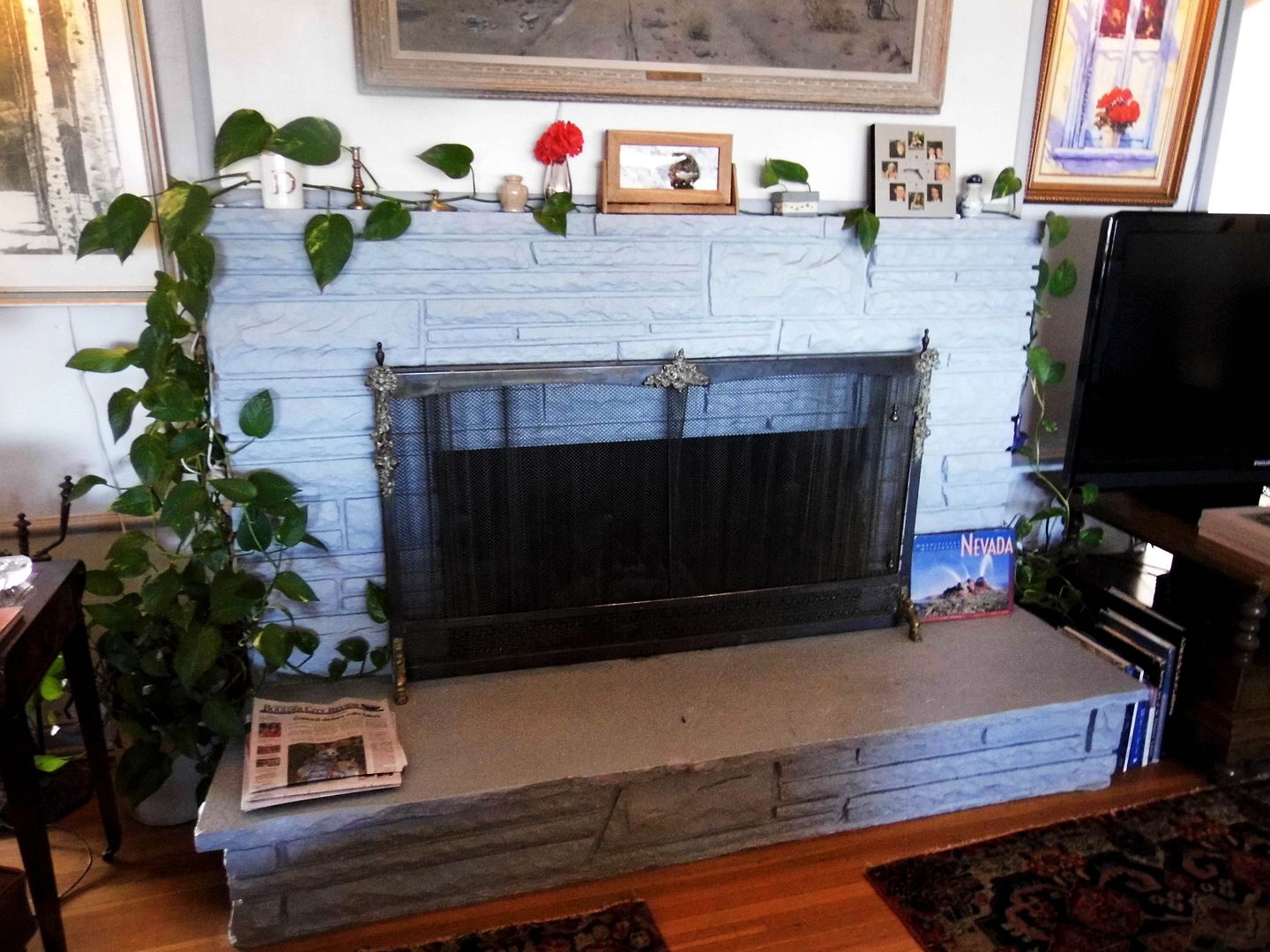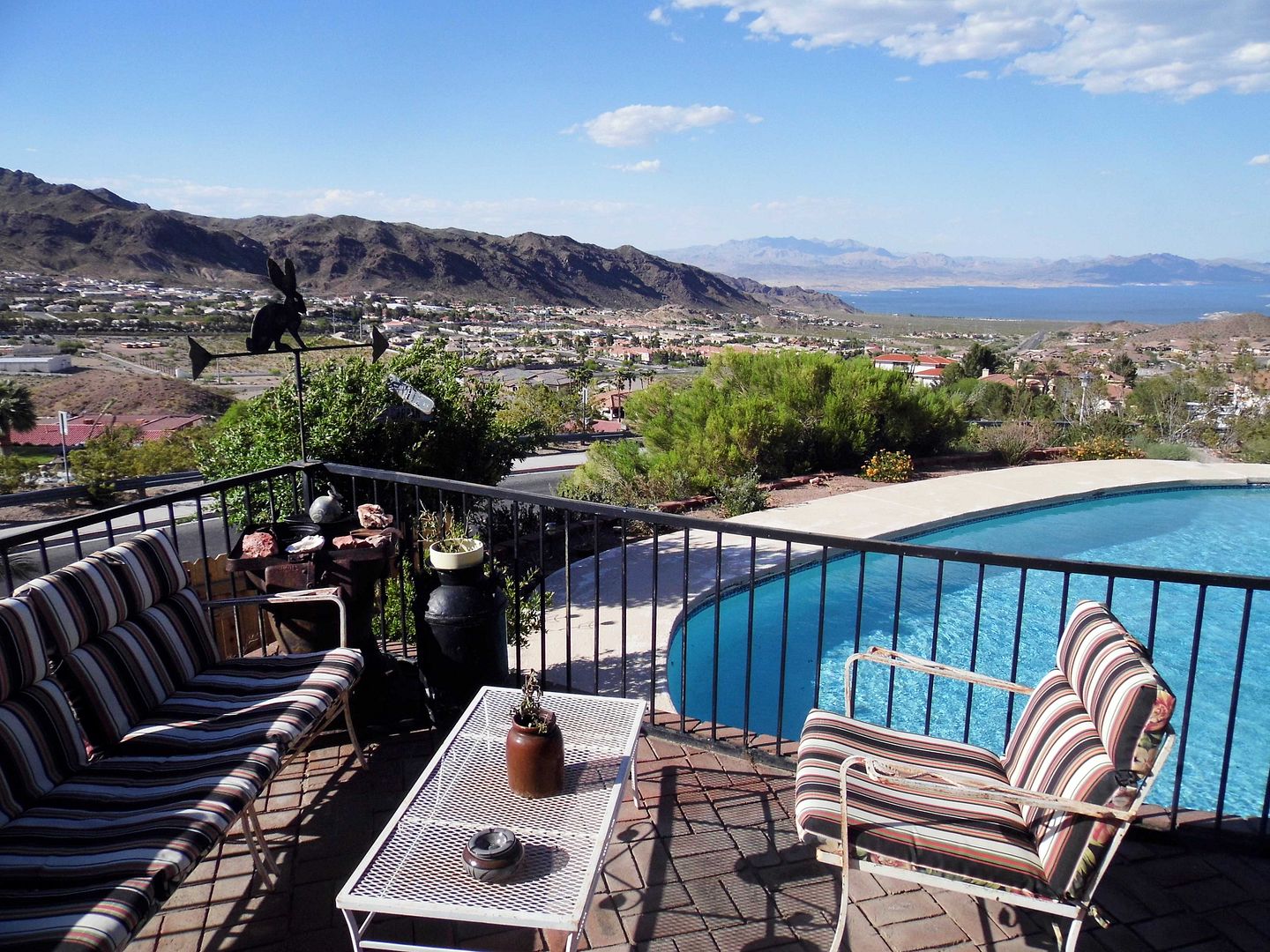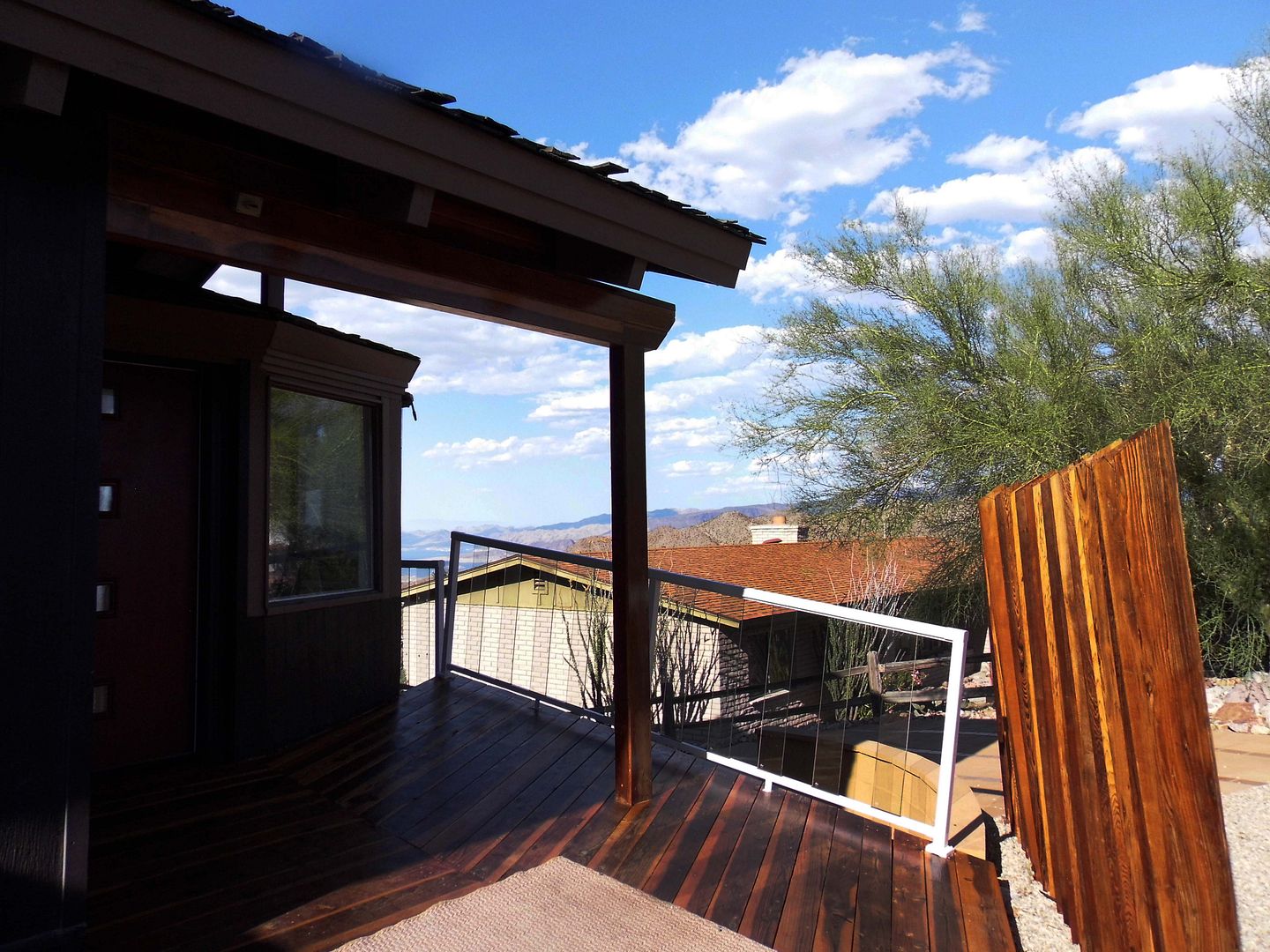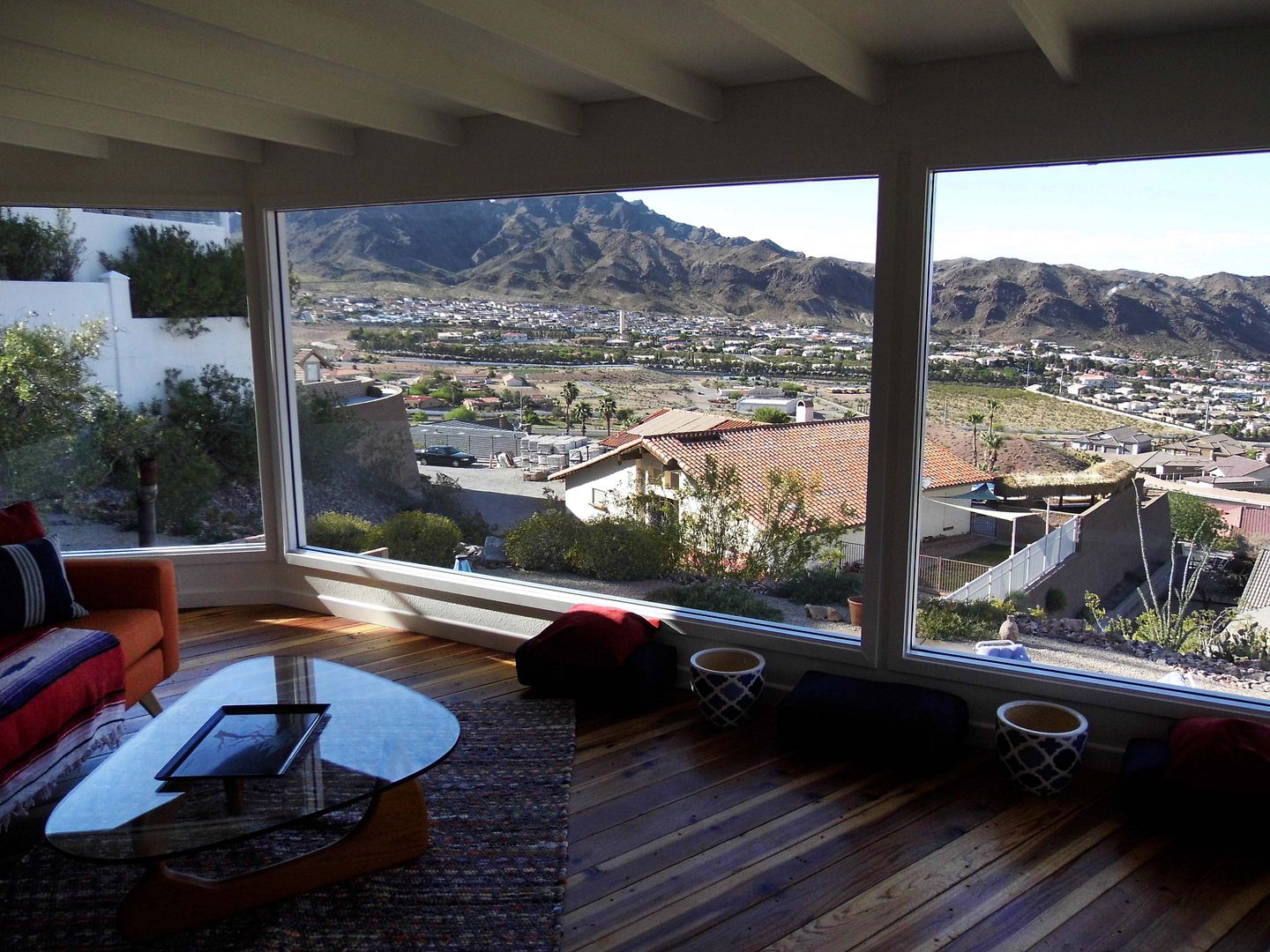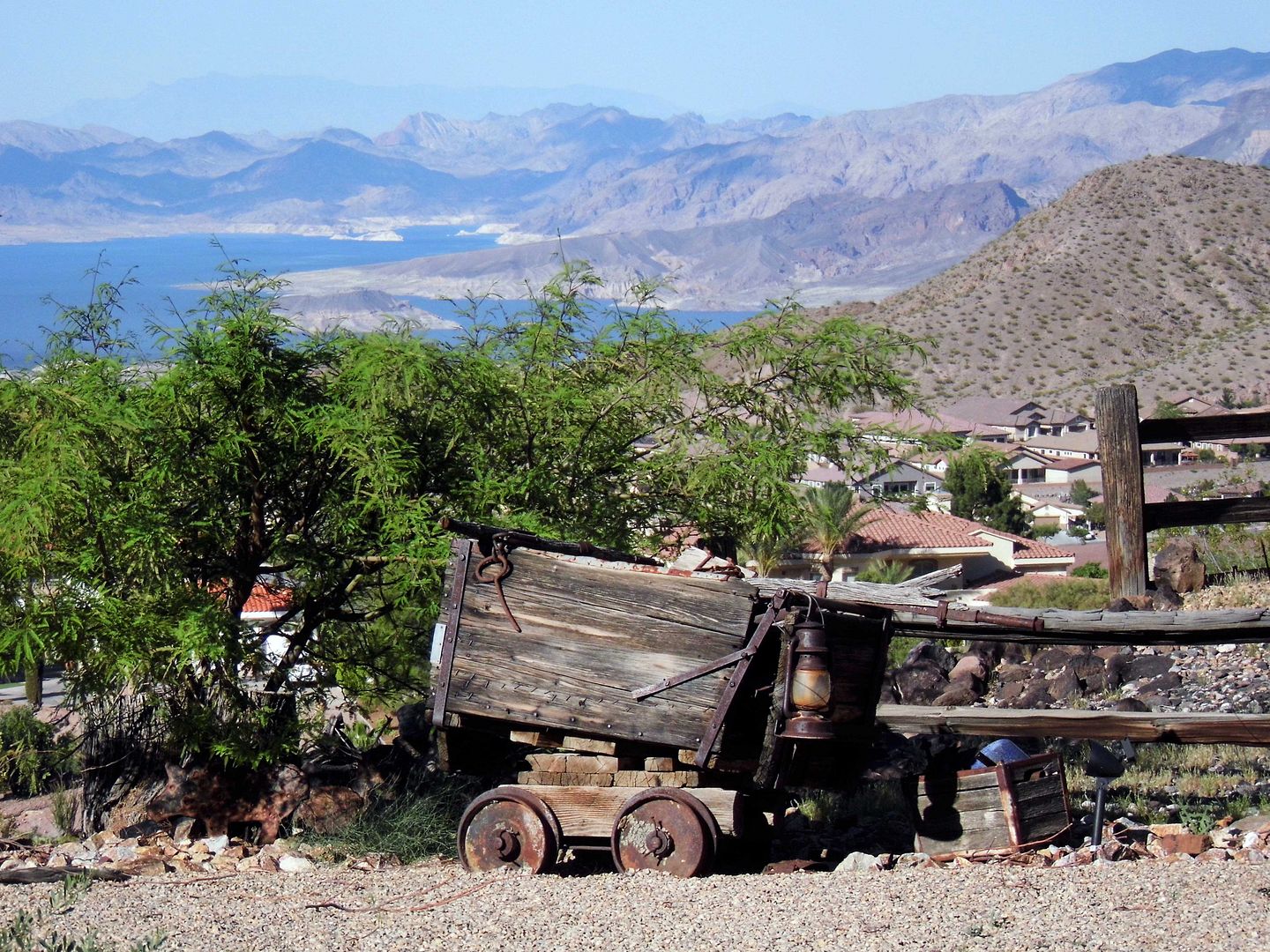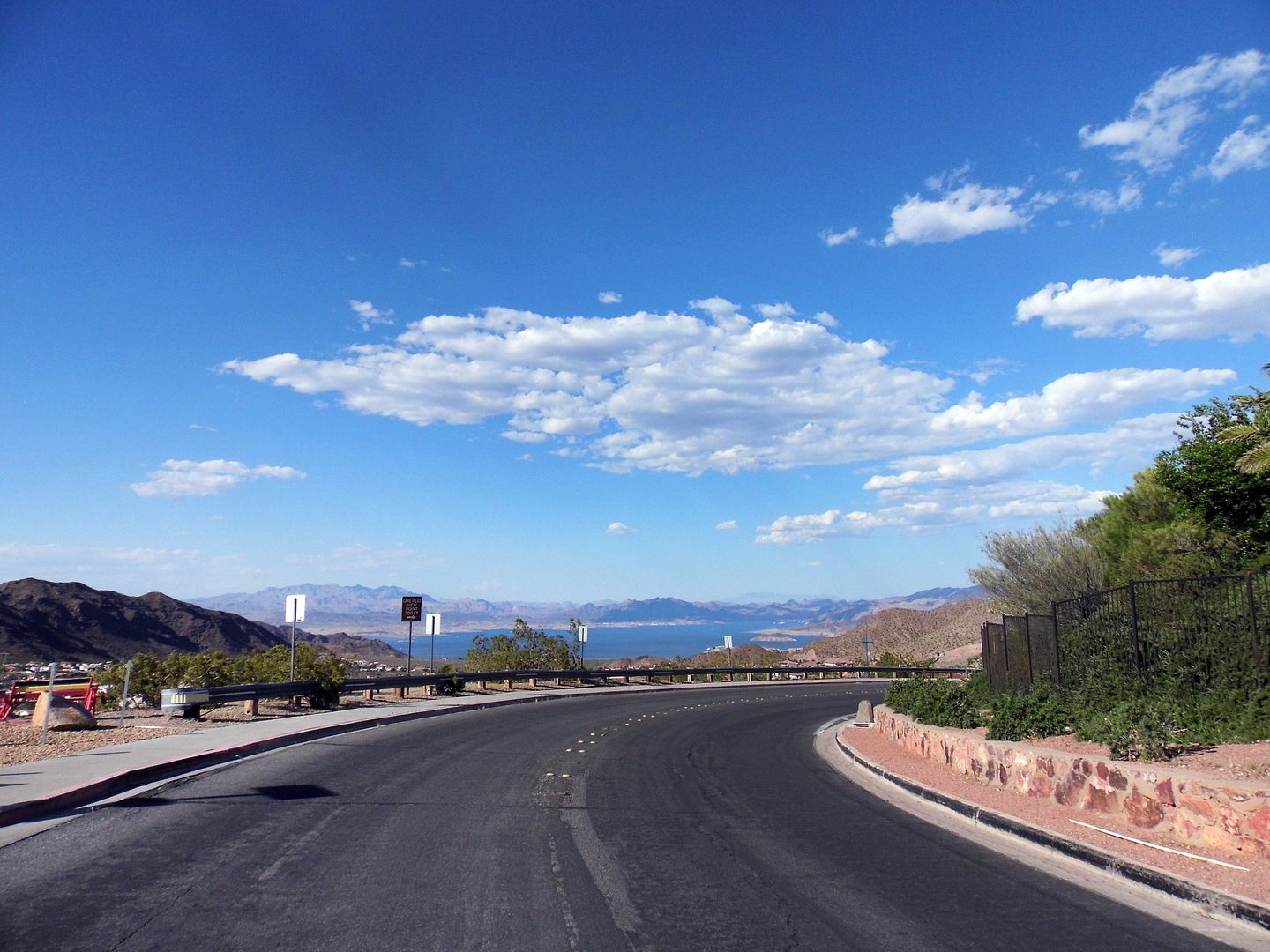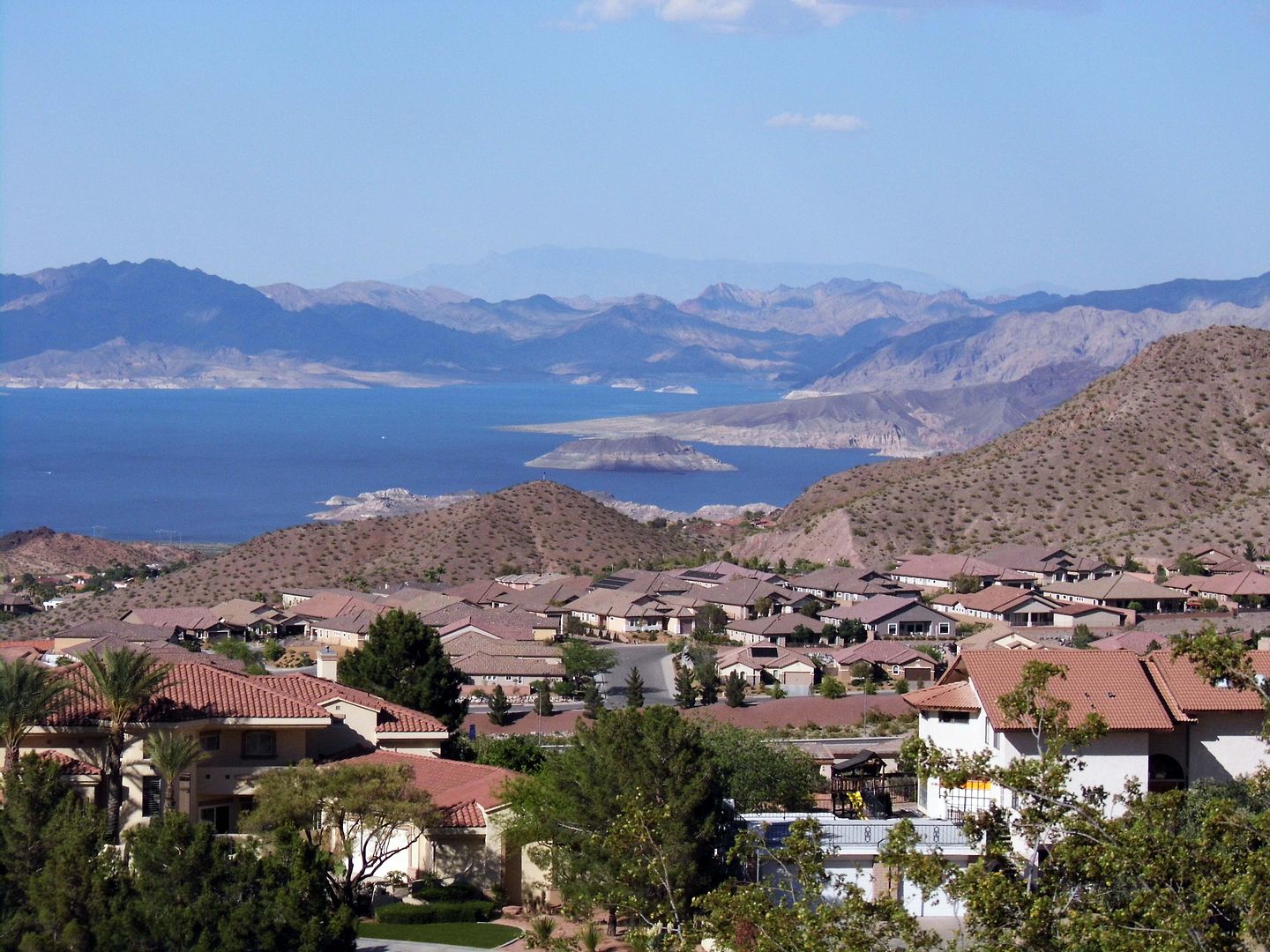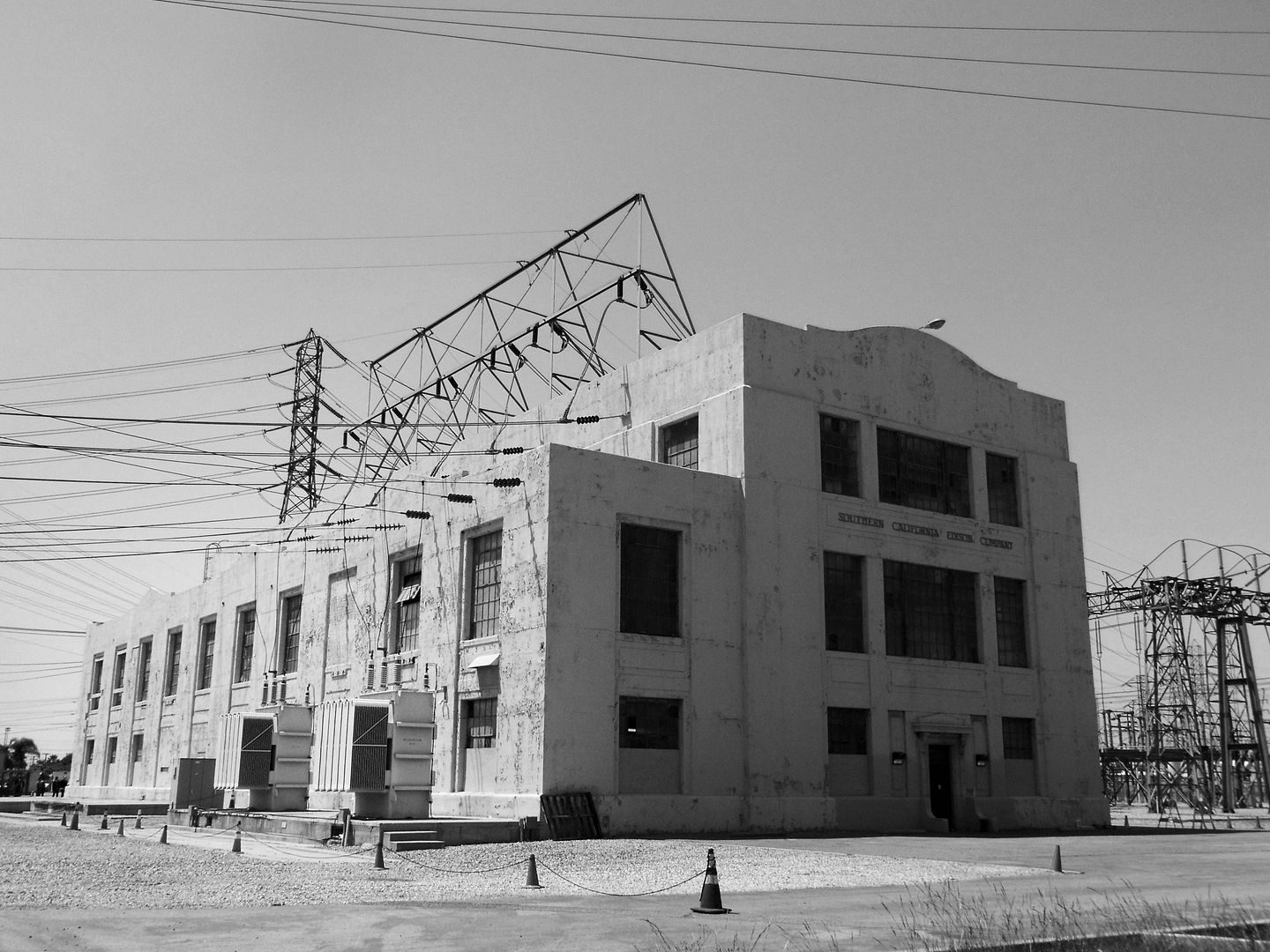
Sometimes, you go, and it's a bust.
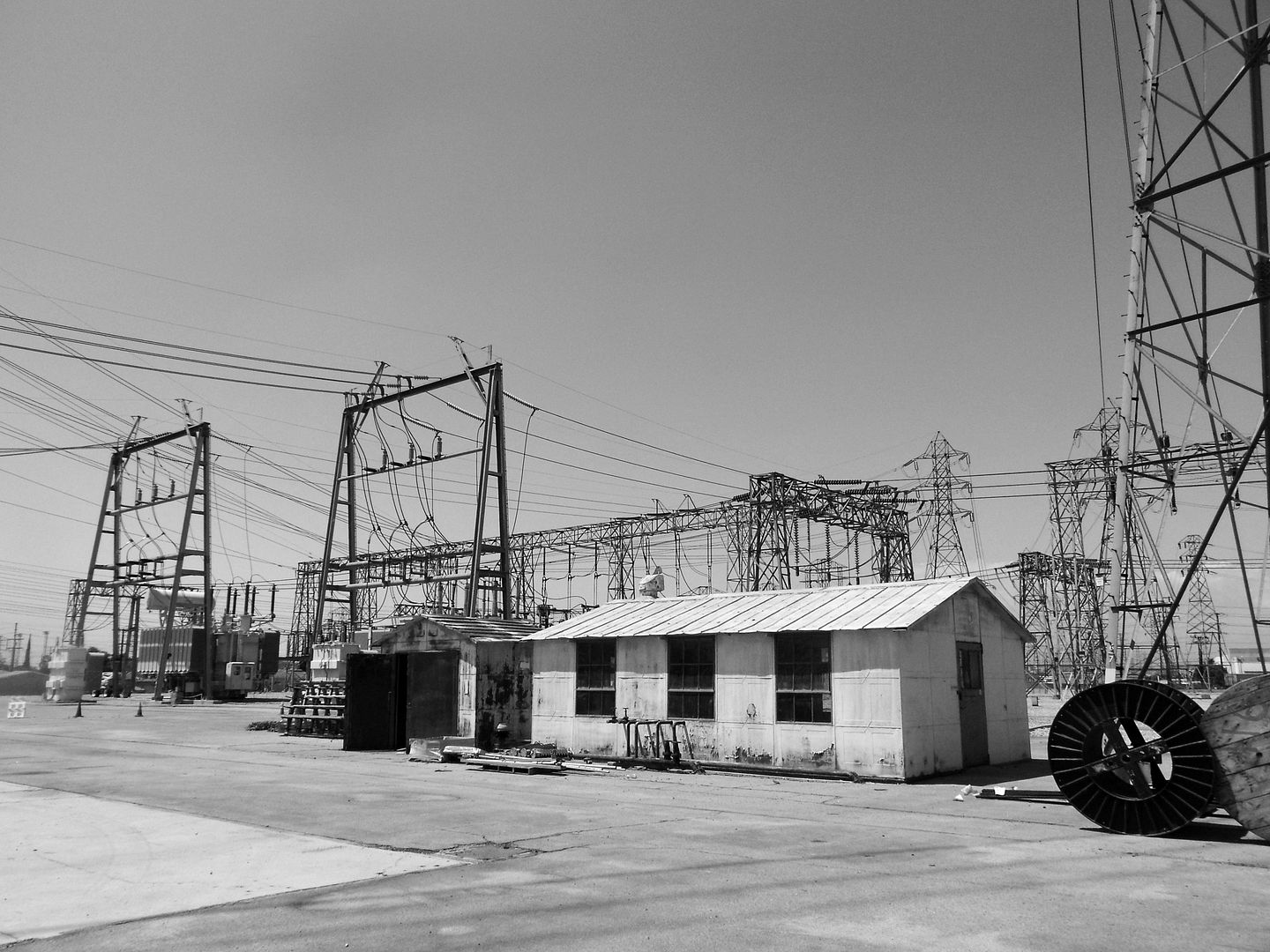
Other times you end up at the circa 1923 Southern California Edison Laguna Bell Substation in the City of Commerce for adventures in wish fulfillment.
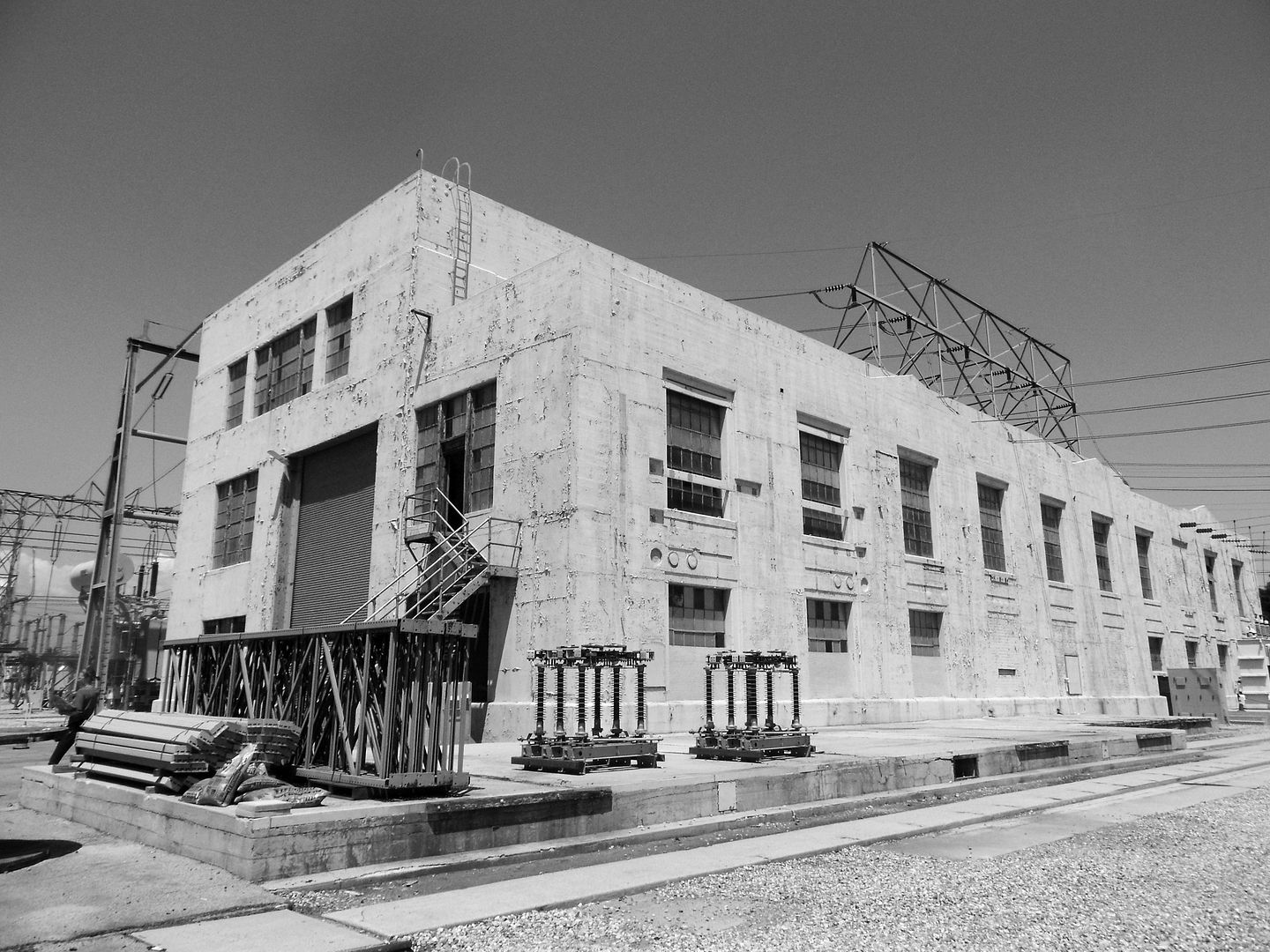
I'm a skeptic when it comes to immersive theater and interactive art. But I'll take any excuse to enter an otherwise verboten power plant.
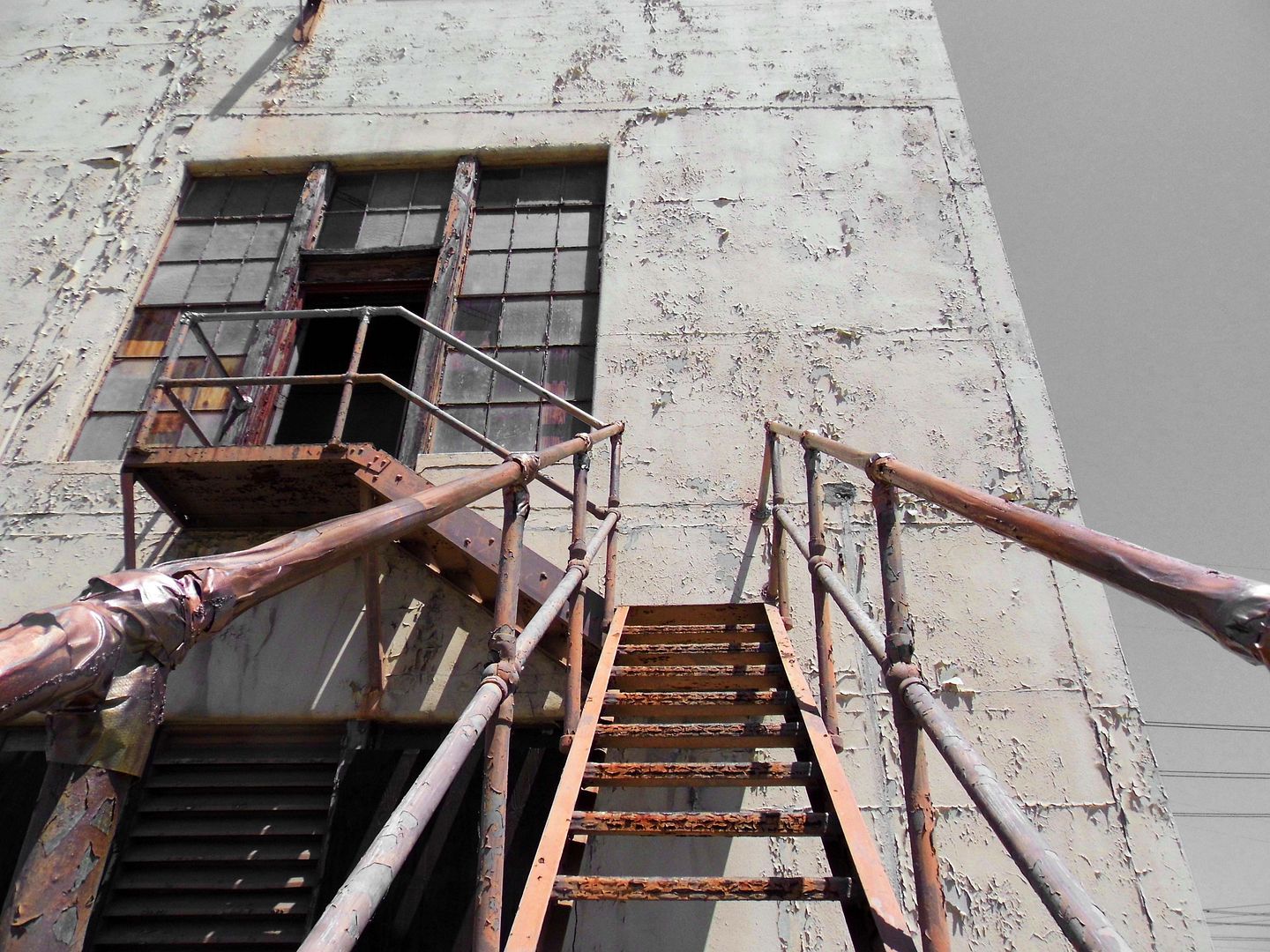
Even if I might get electrocuted along the way.

I had no preconceptions of what I would see inside...
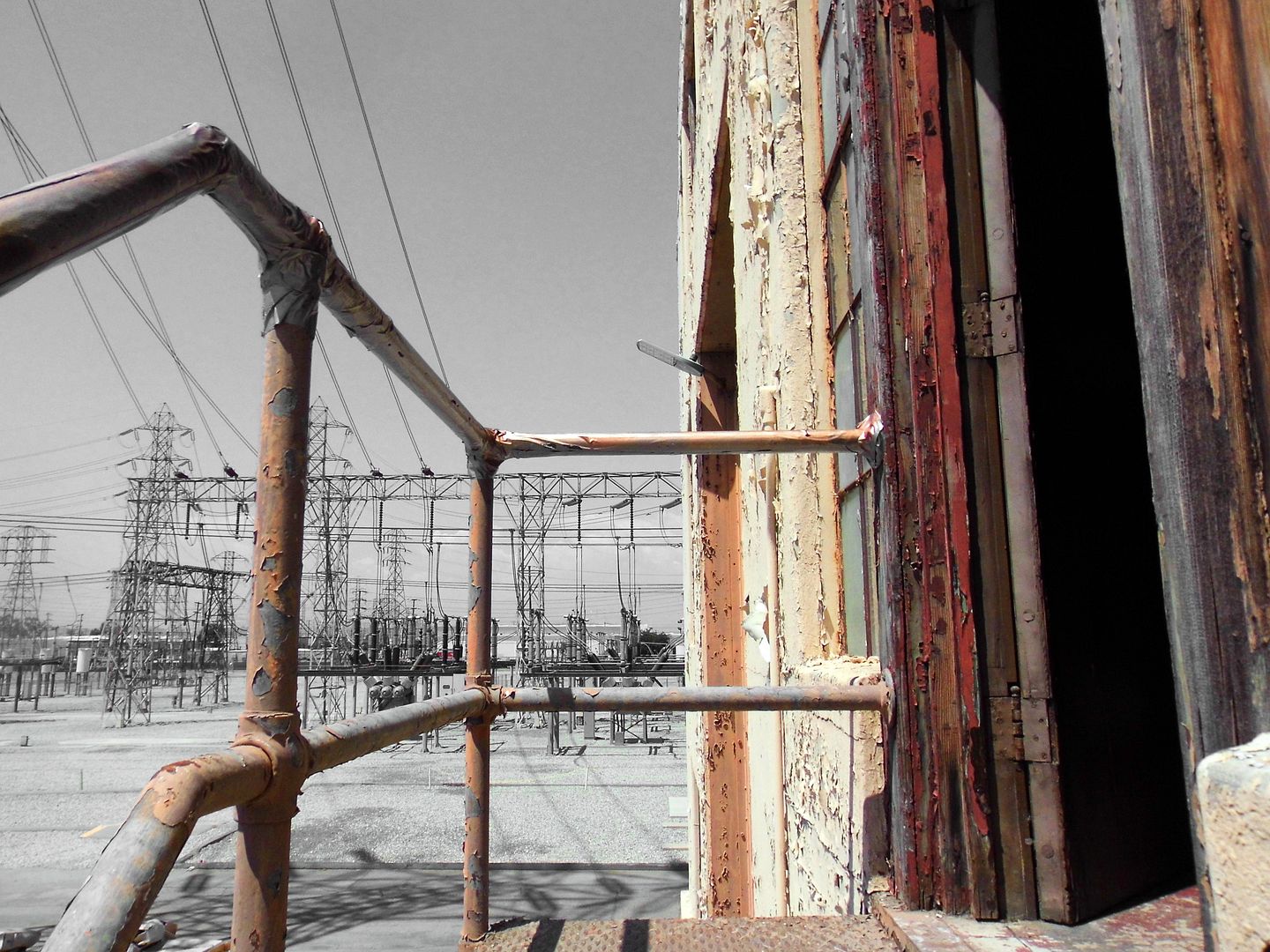
...only that the installation was called "Dandelions."
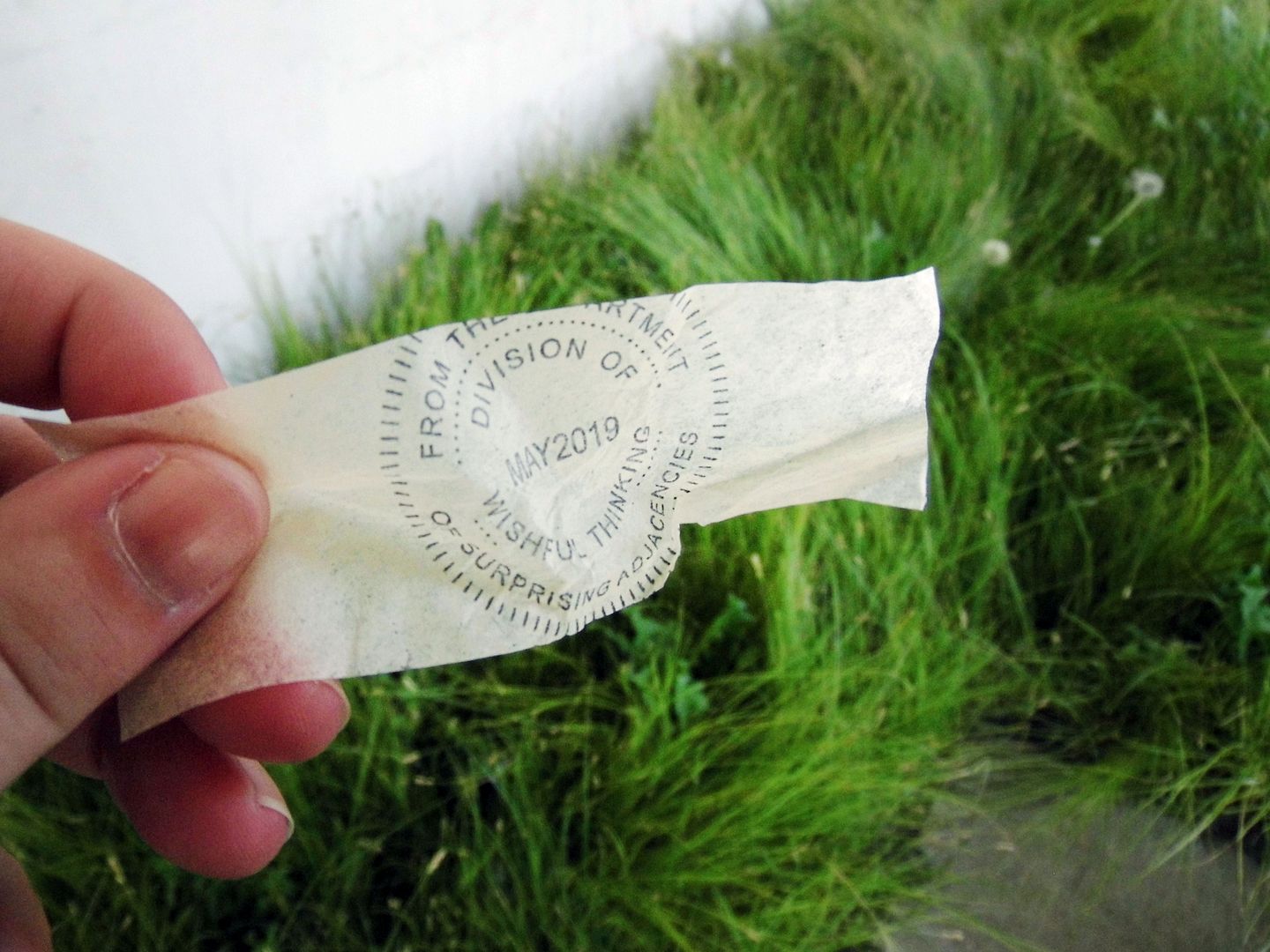
And appropriately, those were the first thing I saw.
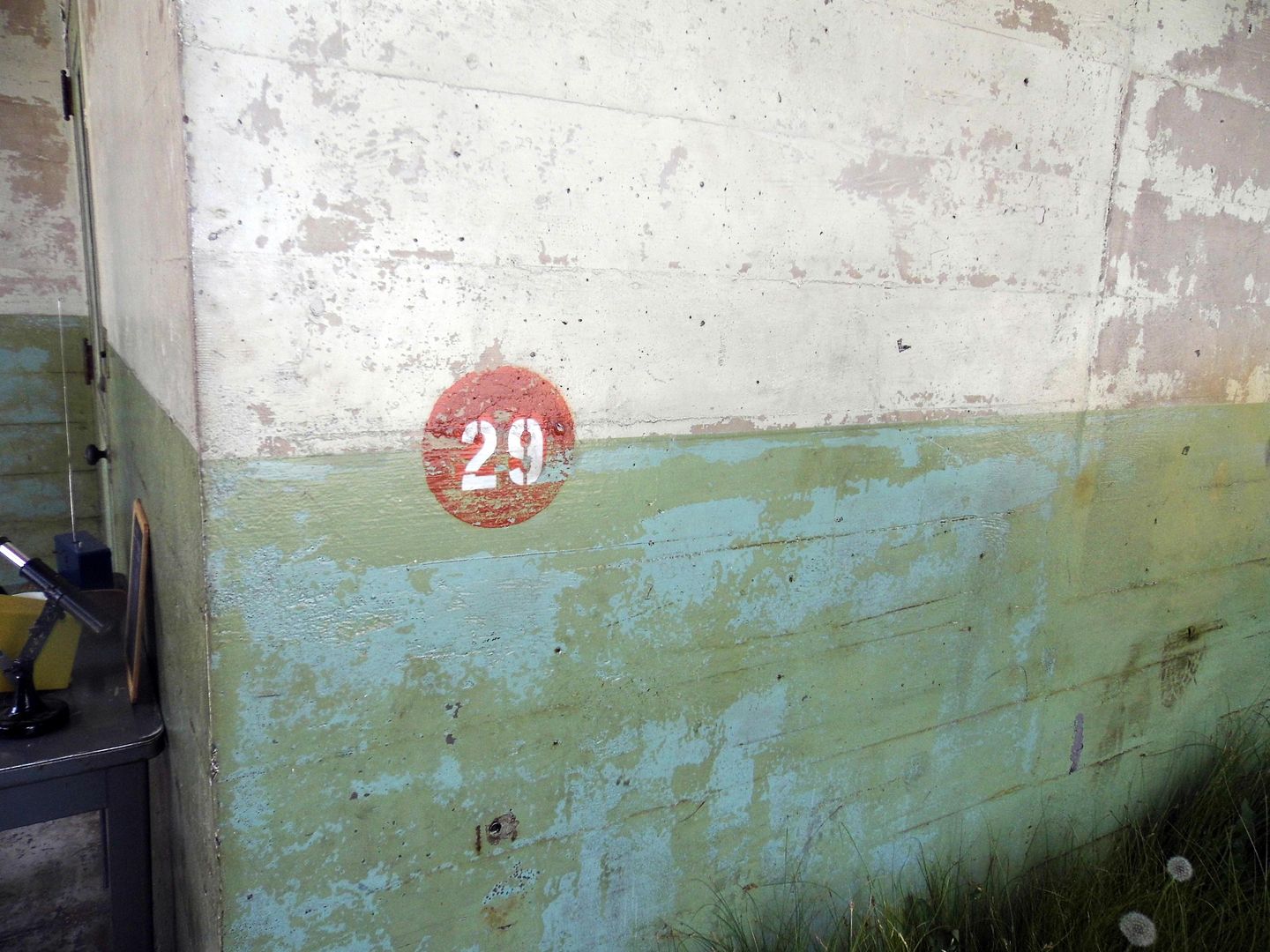
Dandelions were a common occurrence on my childhood lawn, as they were, I'm sure, on many others.

I'd pluck those little puffballs, make a wish, and blow—but as far as I could tell, the wishes never came true.

I always wondered if I was wishing for the wrong thing.
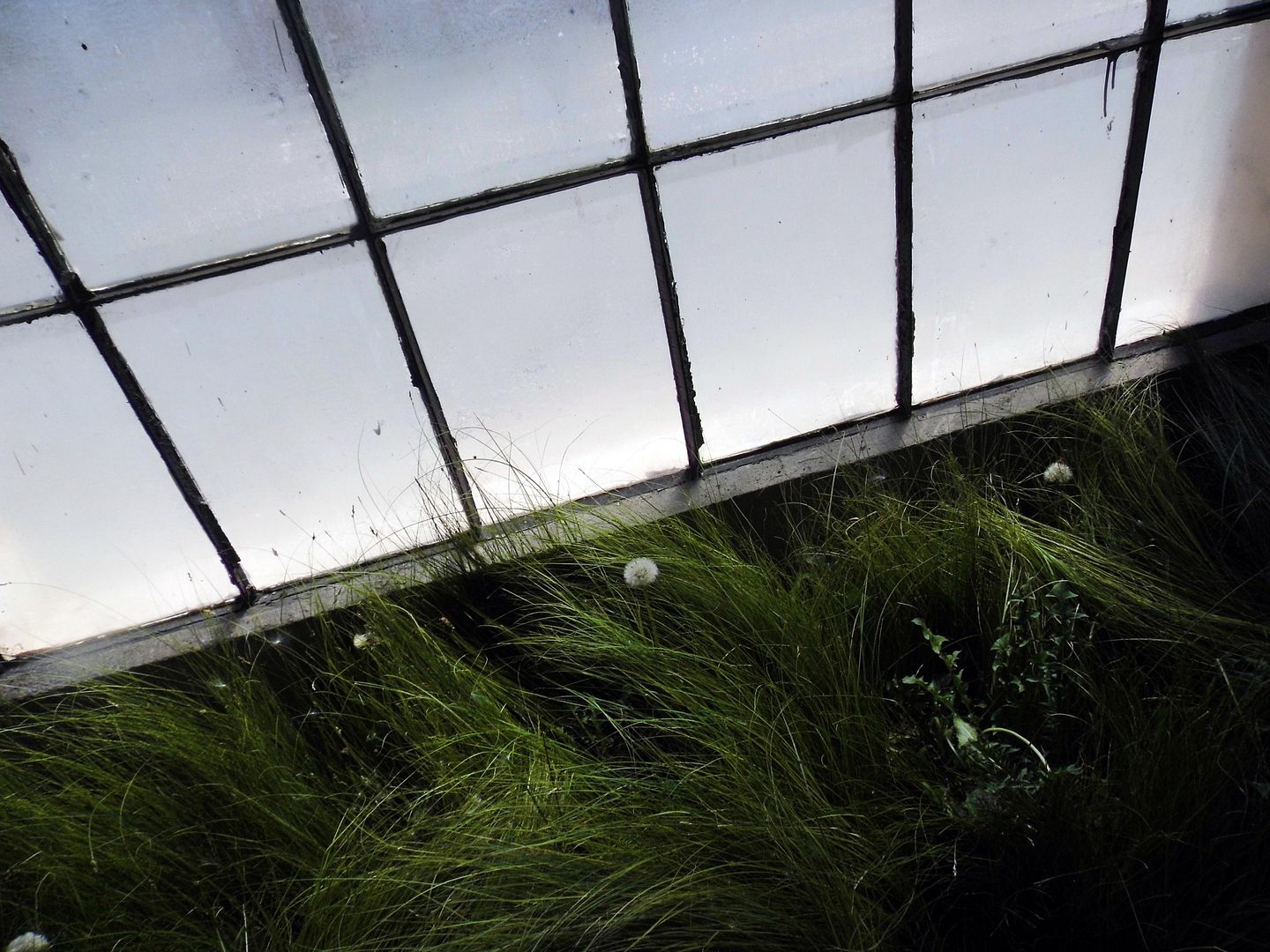
But if I wished for something easier or more likely, what's the point of magical thinking? In all practicality, wouldn't I be able to just make it happen?
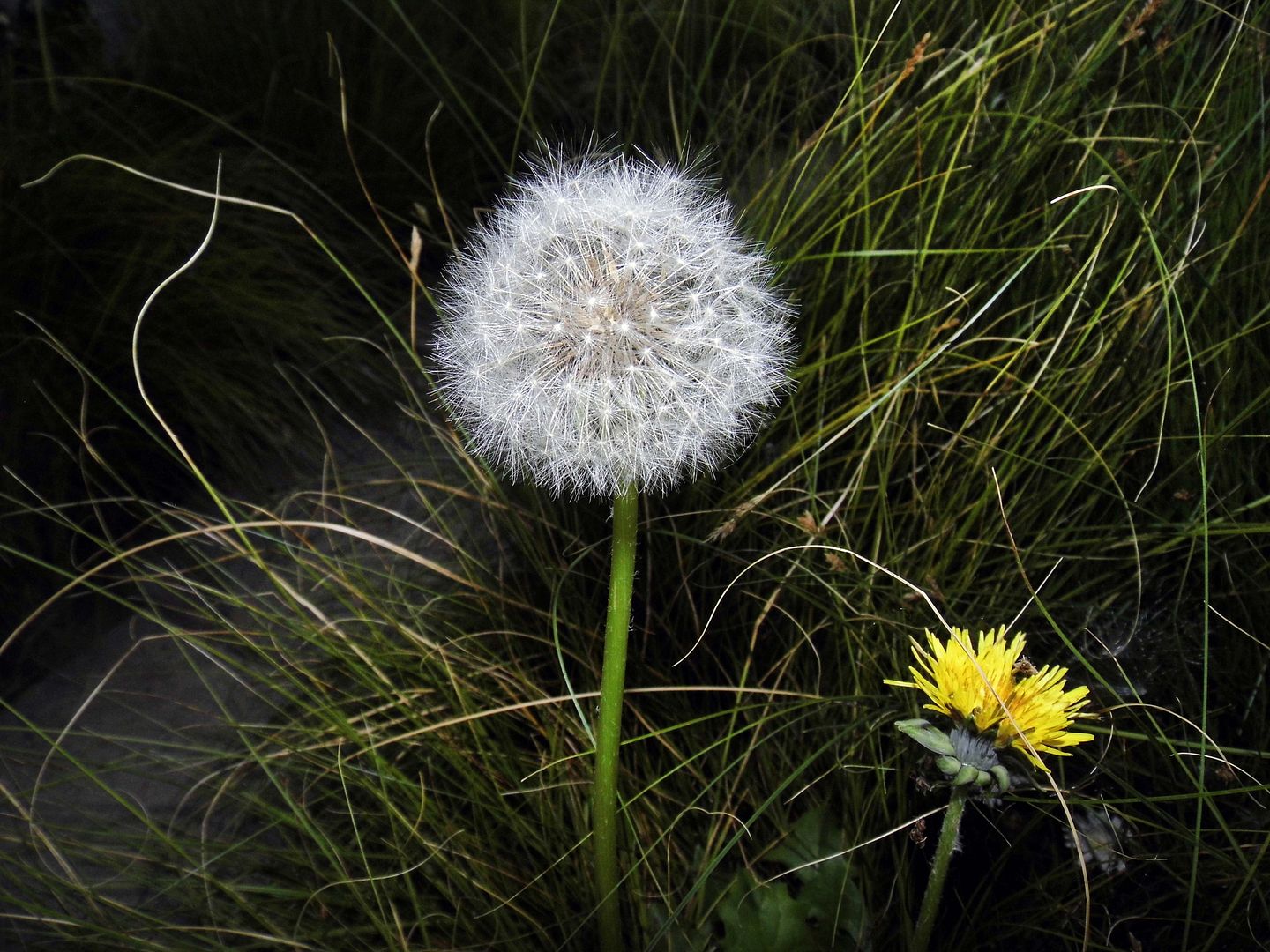
Well, I gave up wishing long ago and became a woman of action—doing rather than tossing pennies into fountains or searching the night sky for shooting stars. I step on every crack and went ahead and adopted myself a black cat.
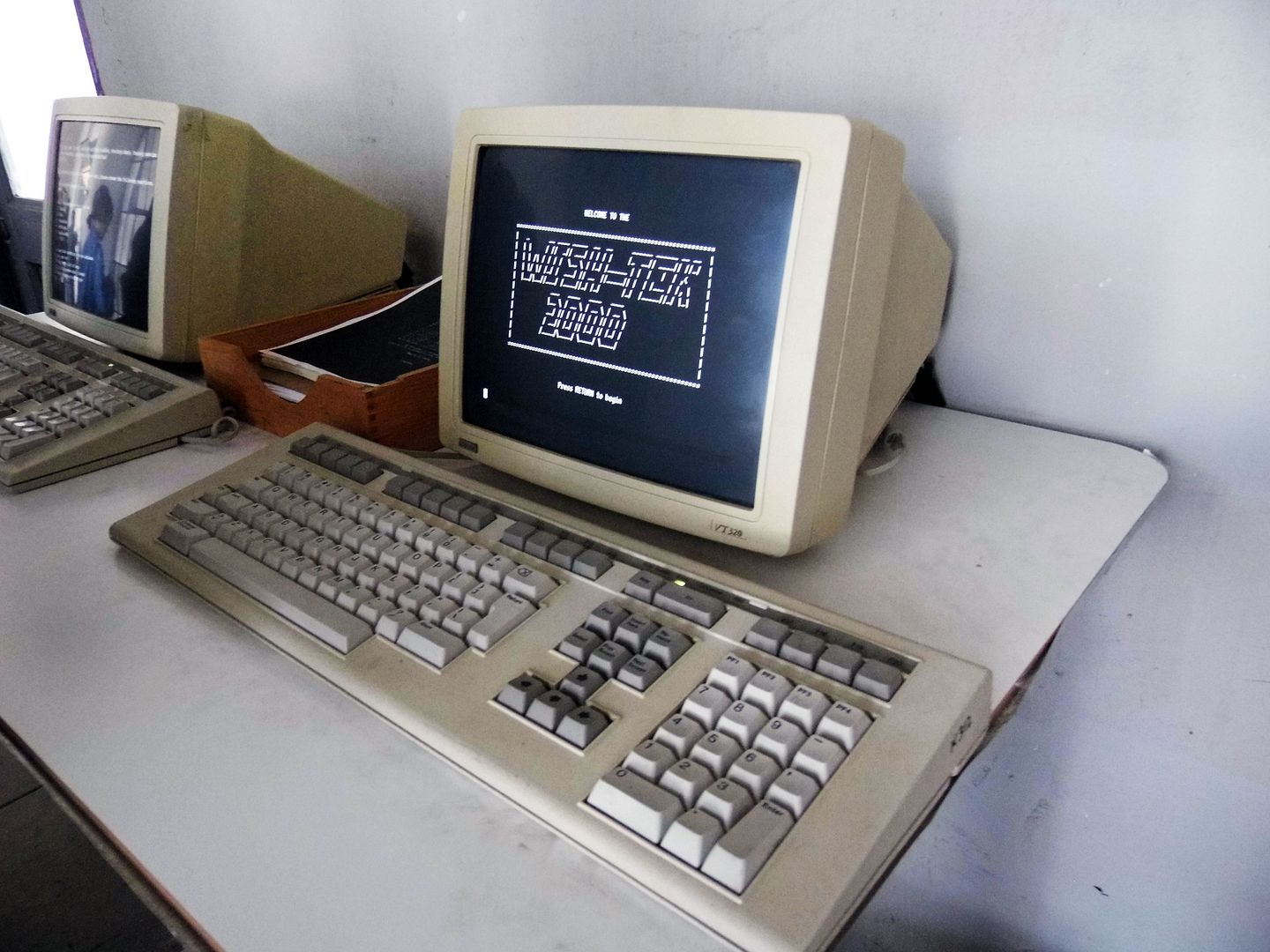
But for the sake of "Dandelions," I came up with a wish—this time, one that wasn't for me, but for somebody else.
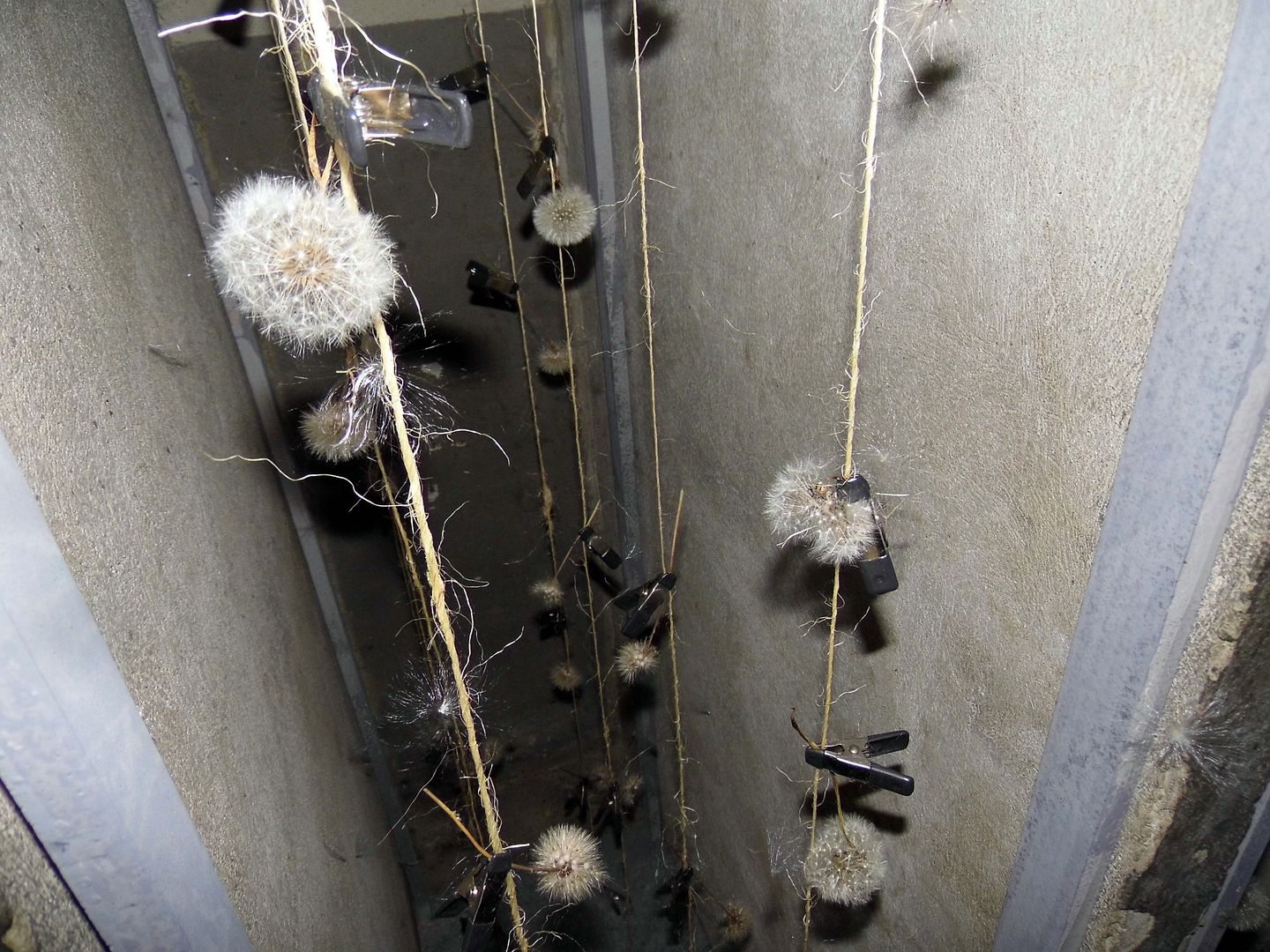
I got funneled through the distribution center of wish fulfillment...
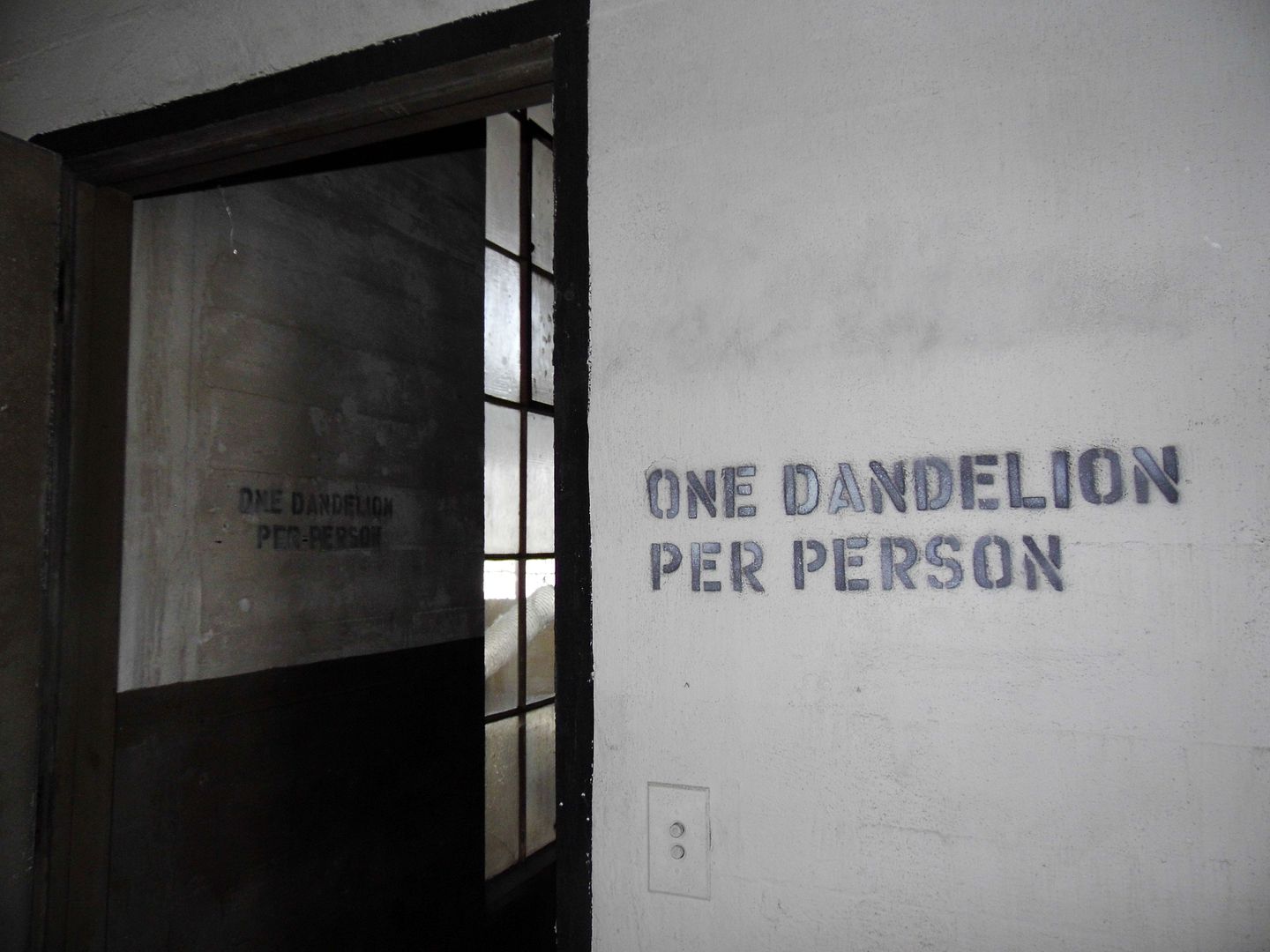
...getting my own stemless puffball...
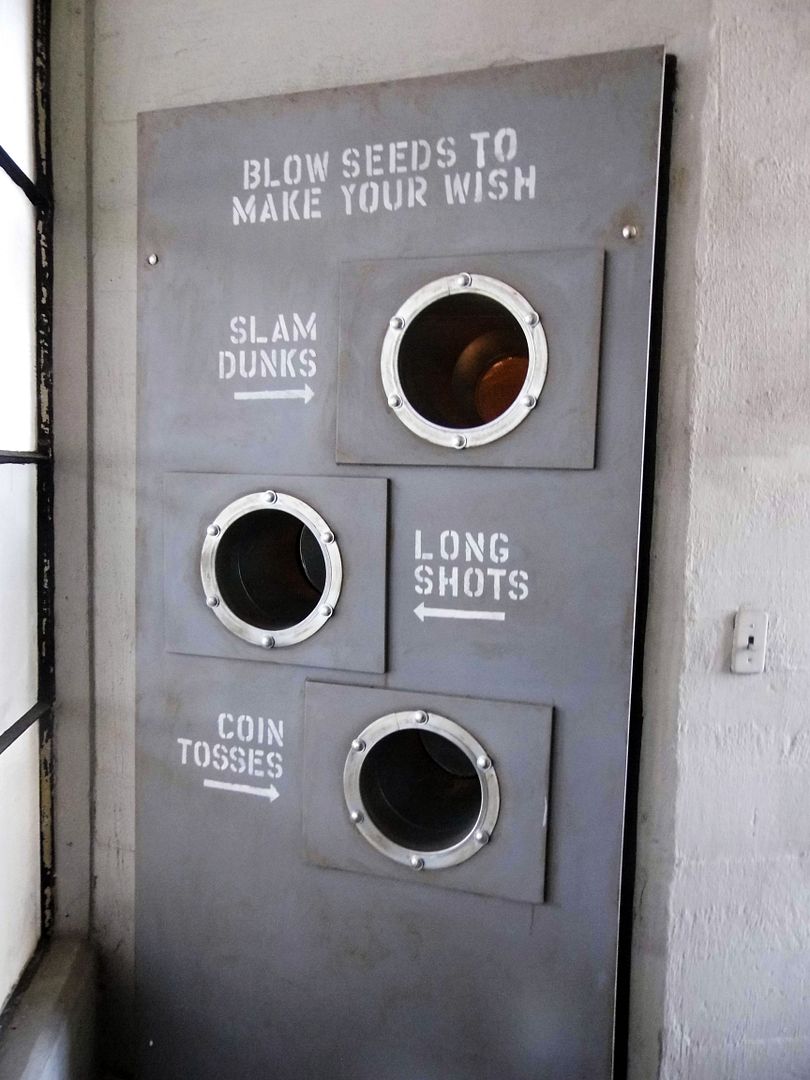
...to blow into the hole my wish had been assigned to.
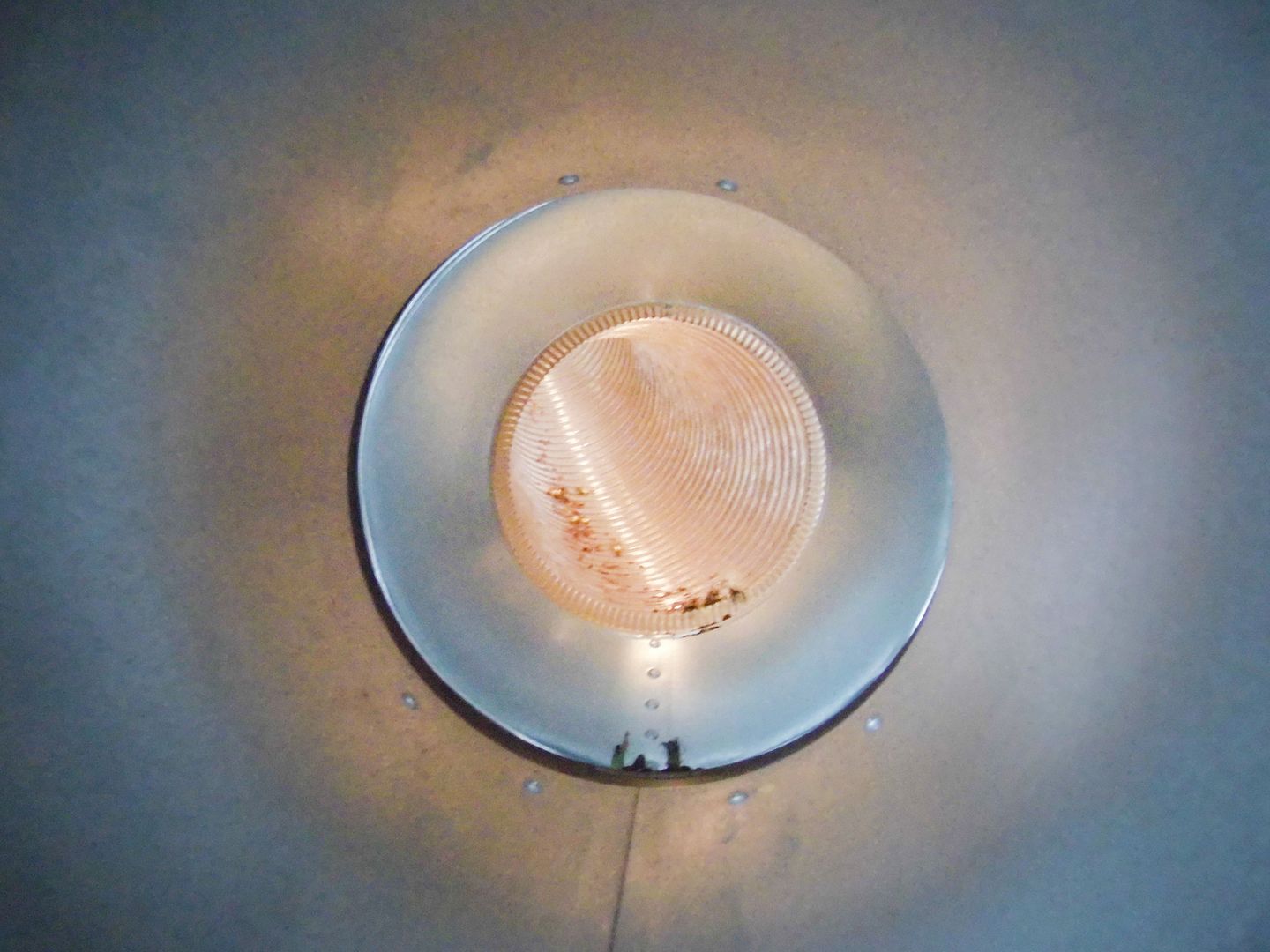
The computer had told me my wish was a long shot. But, as one of the "staff" pointed out, all wishes were valid.
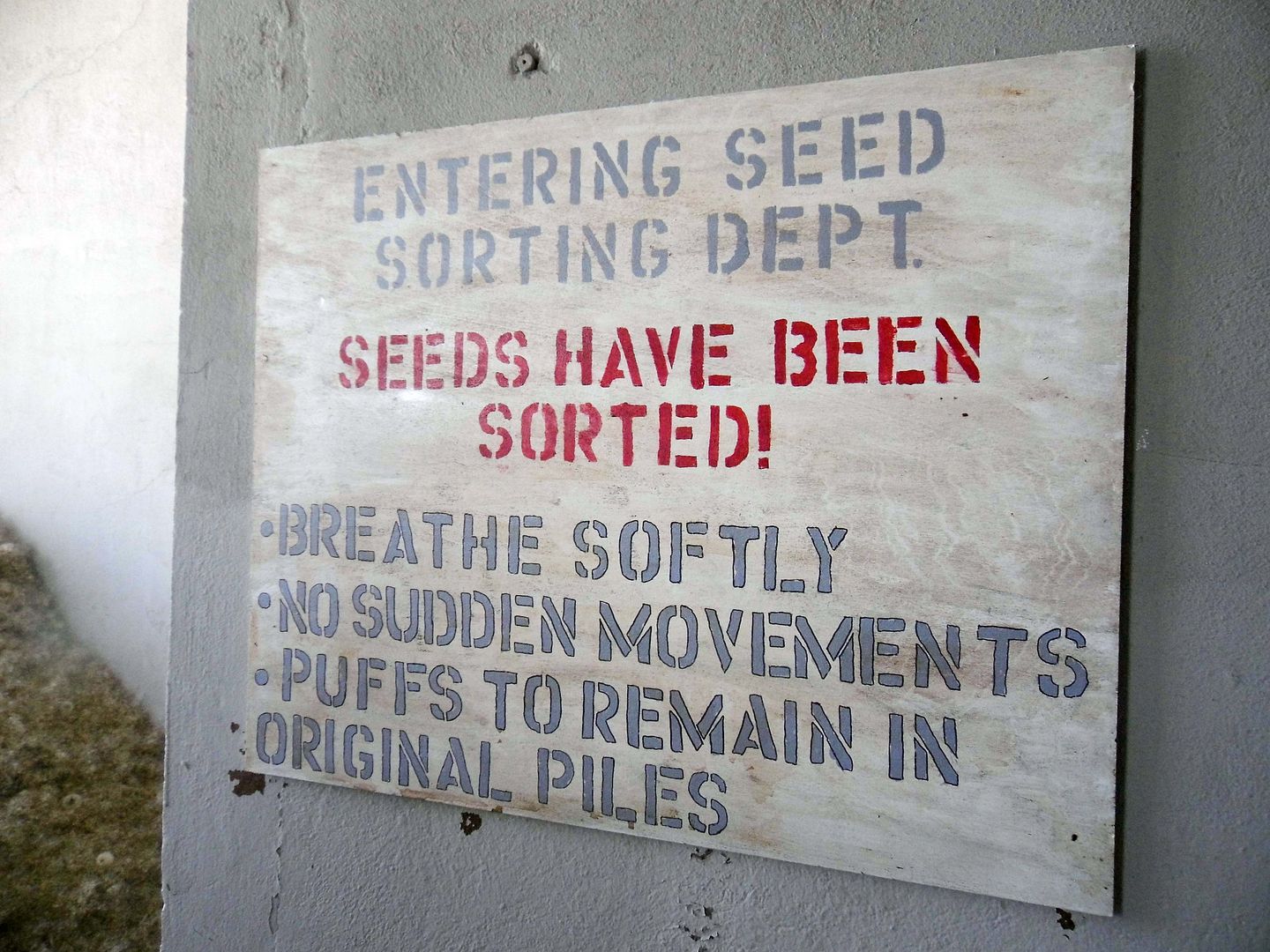
It appeared as though the blown-apart seeds actually got pumped or blown by pneumatic tubes into a machine room...
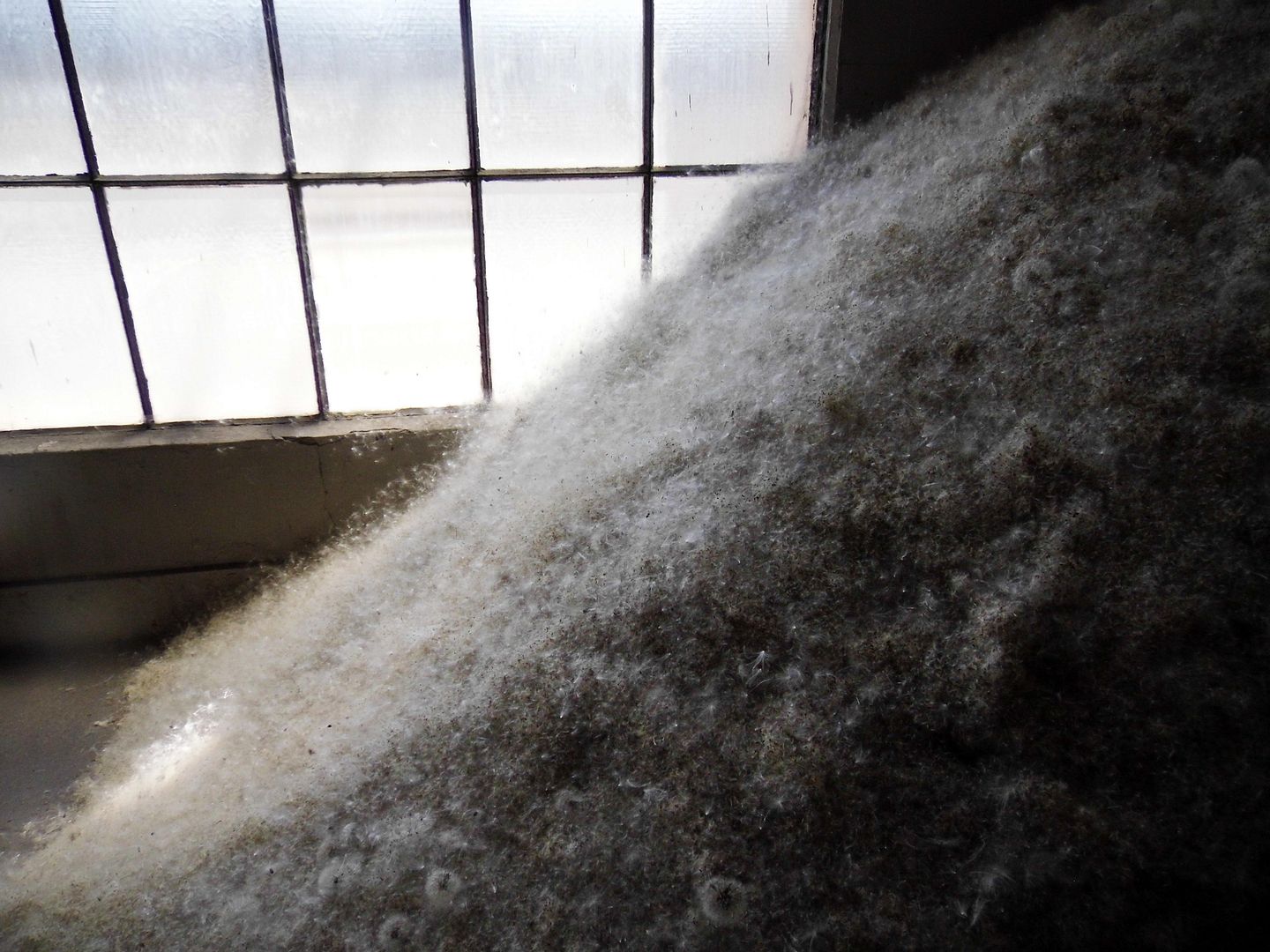
...but we were routed elsewhere...
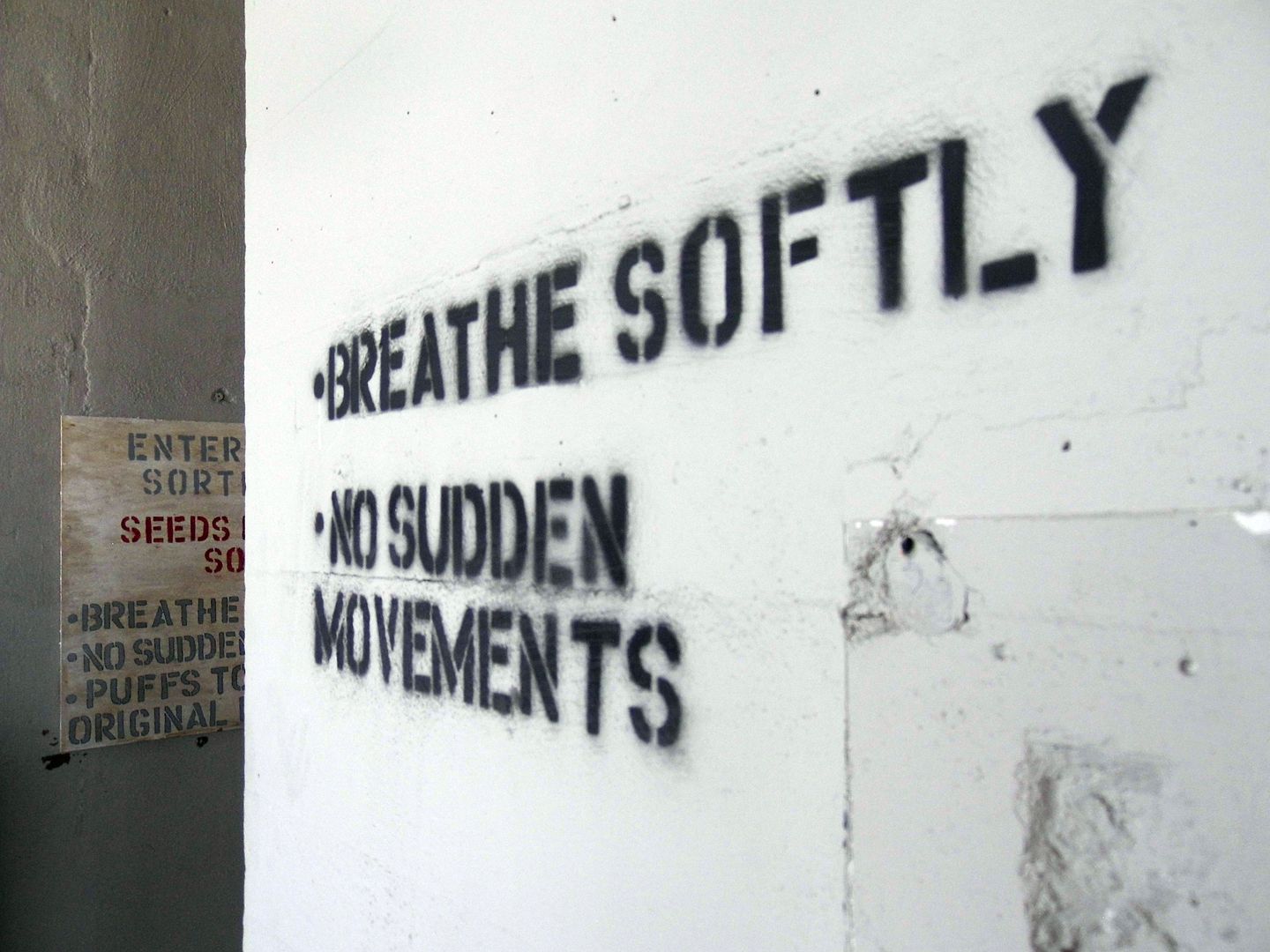
...to a room where it seemed like the slightest thing could sabotage your wish.
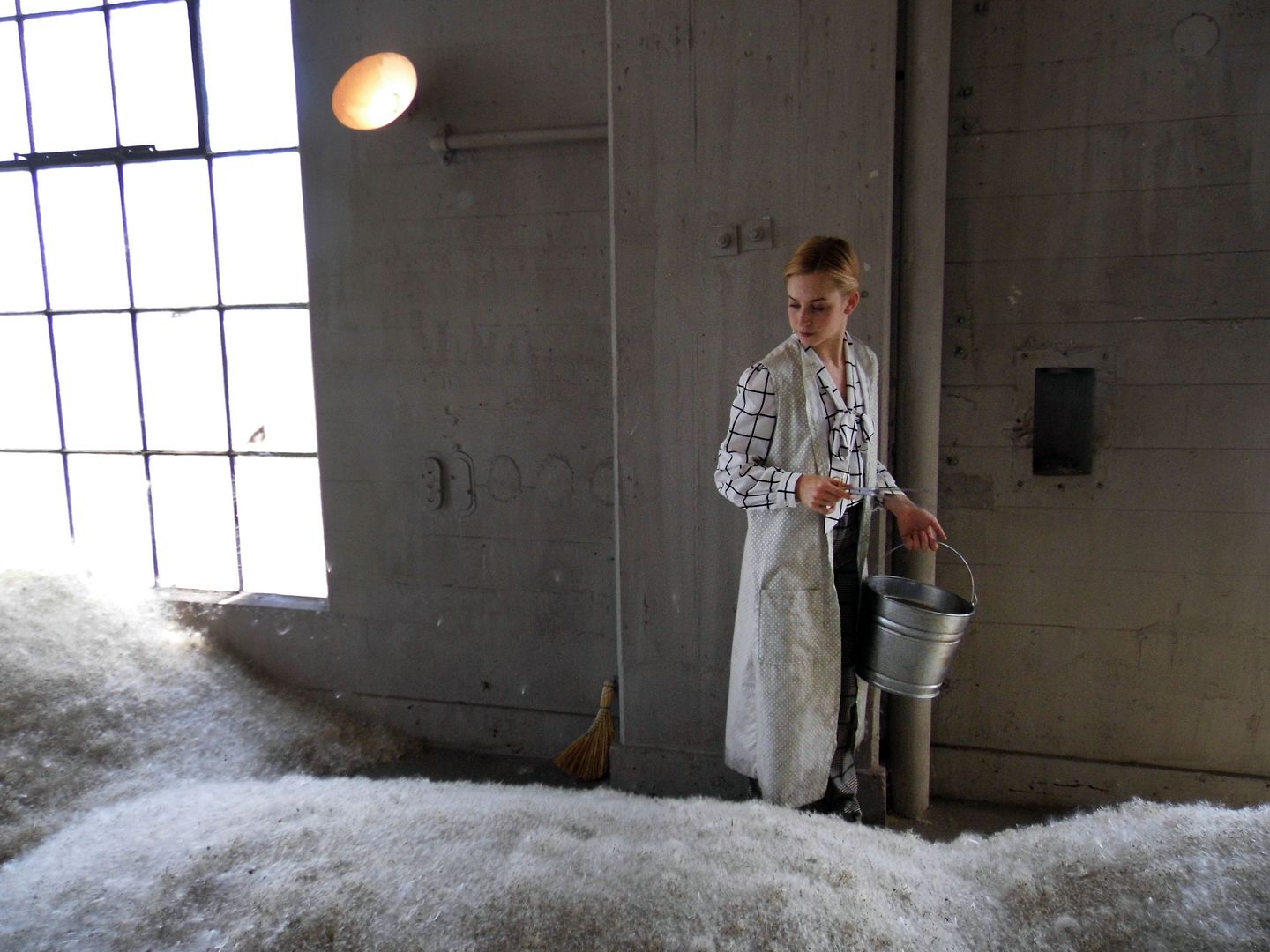
And because pretty much all wishes are the same—money, love, health, success—it would be easy enough to ruin somebody else's wish, too.

But a wish can't come true if the dandelion pouf stays intact.
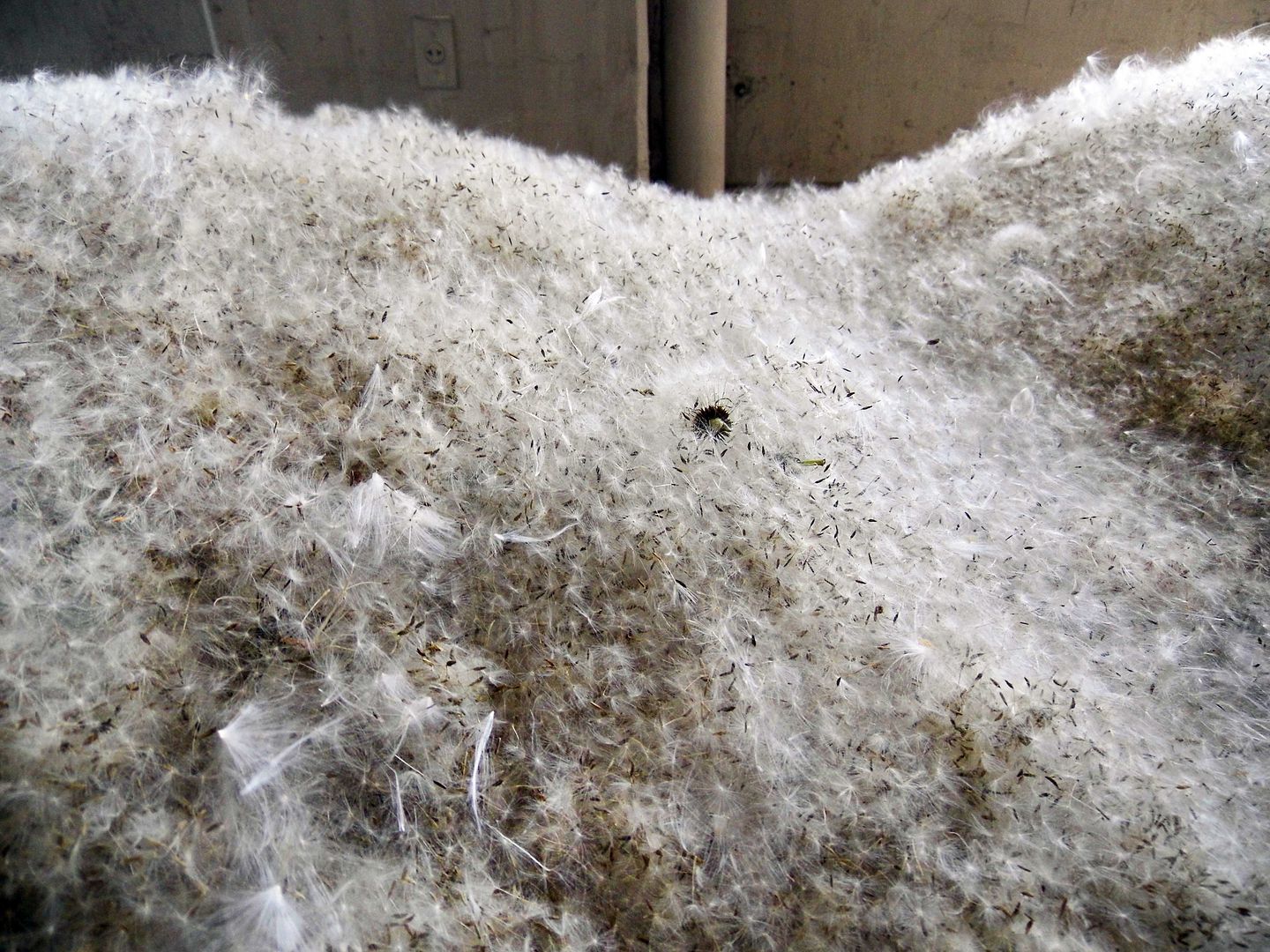
The seeds have to break off and disperse, one by one.
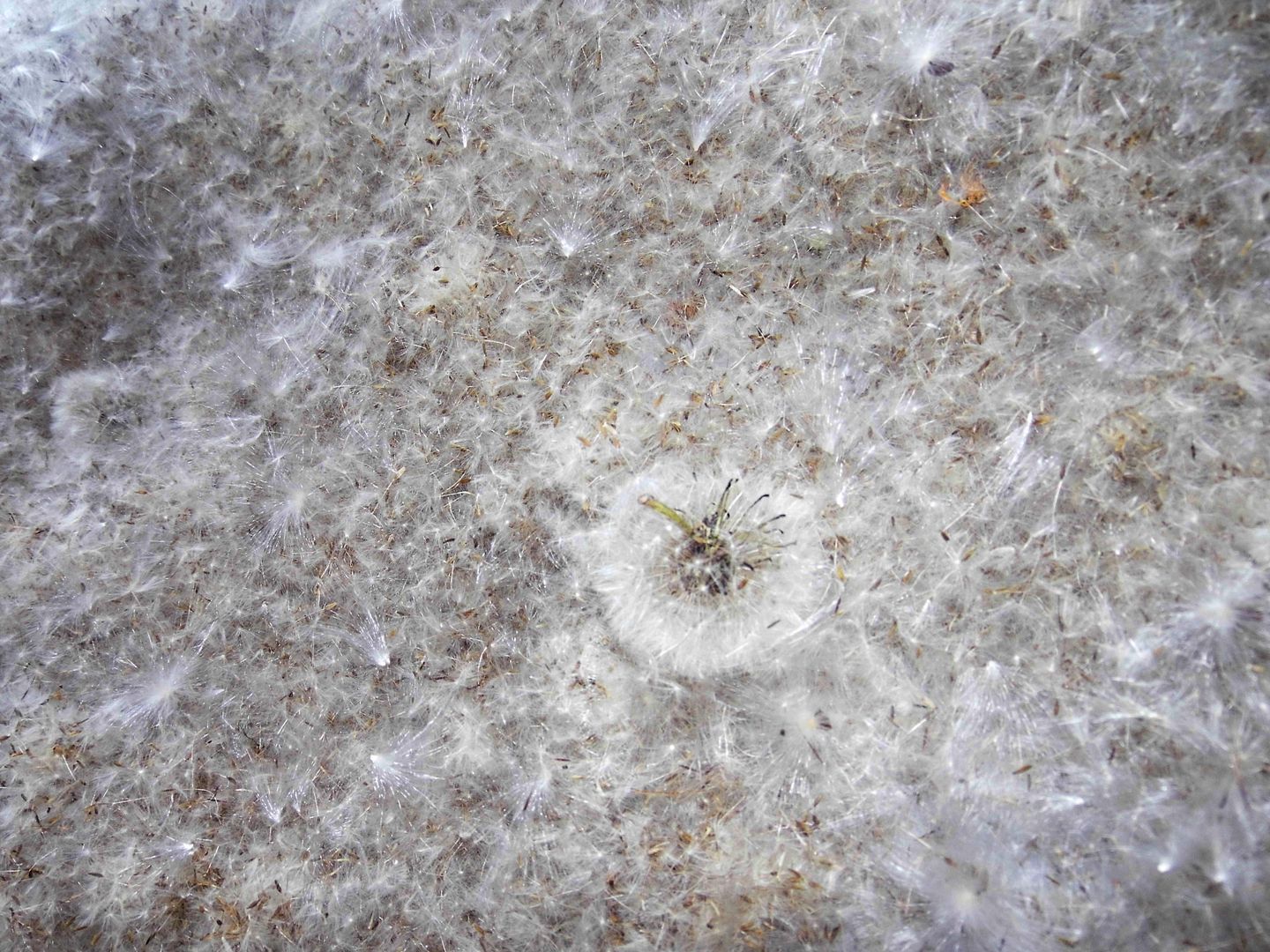
You have to blow hard, because some of those seeds have to travel pretty far in order to make your wish come true.
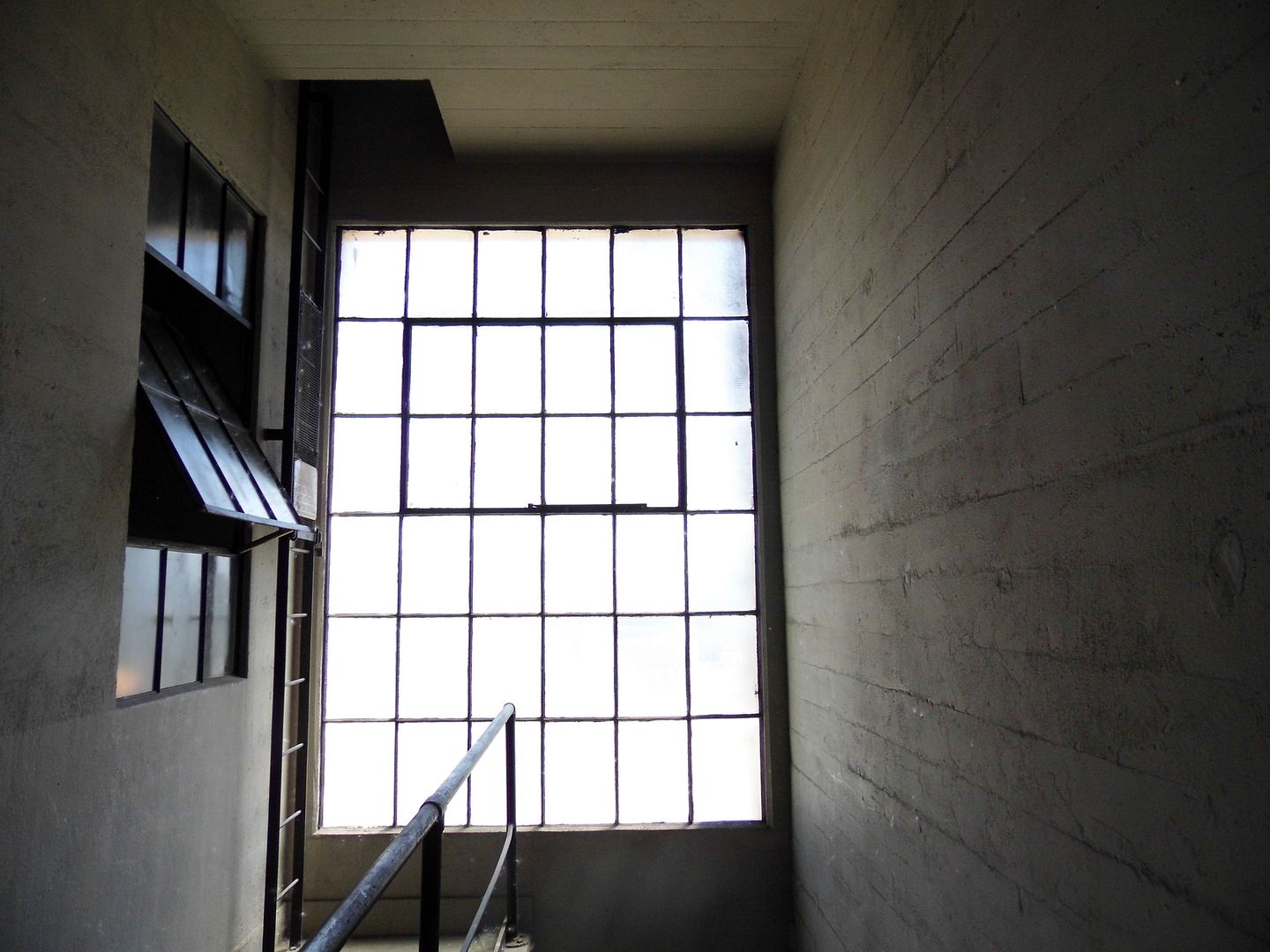
And the flower has to die in the process.
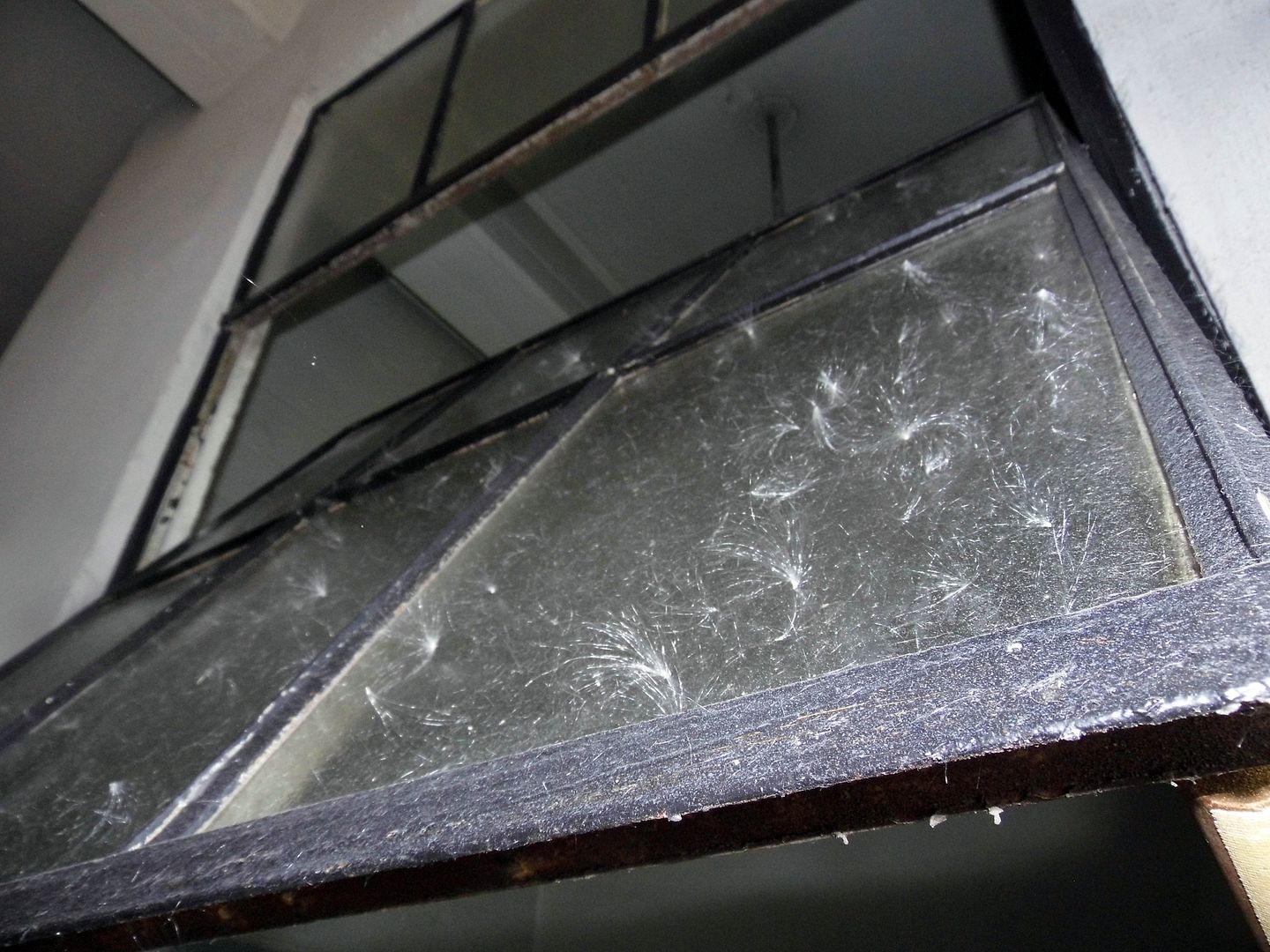
Some of the seeds never made it past the window.
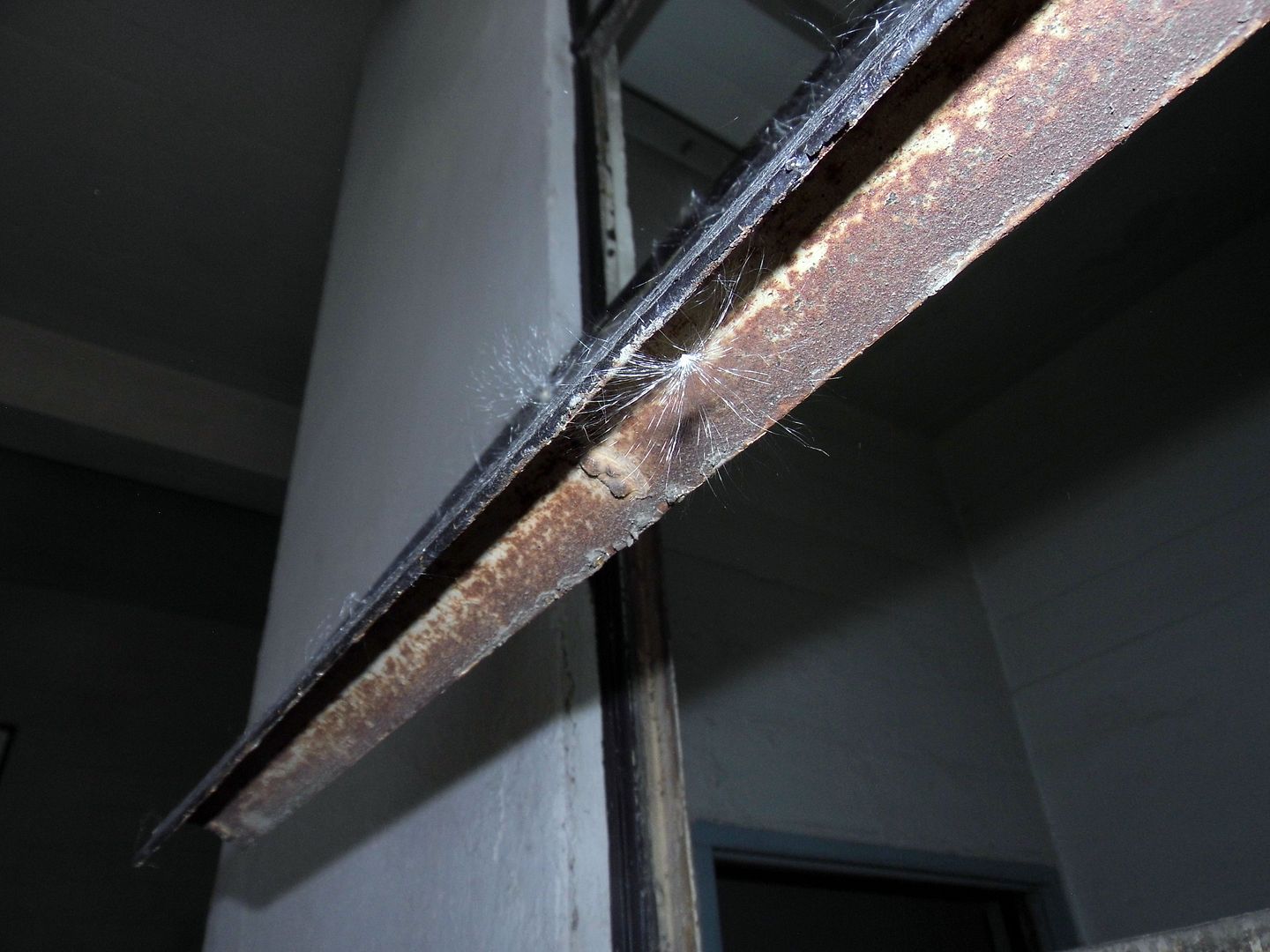
A few clung to its edges in a final stand of civil disobedience.
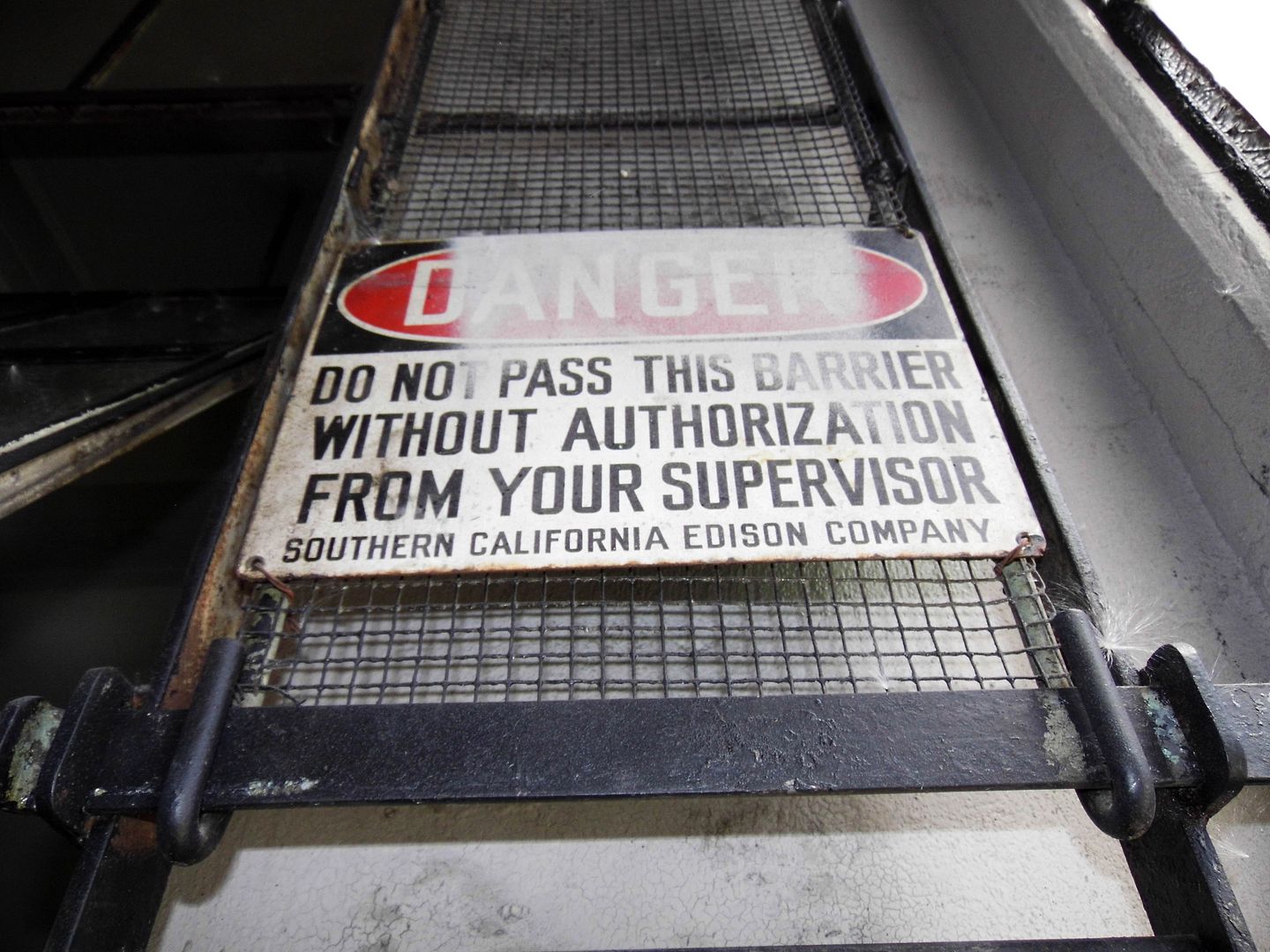
We couldn't stay and wait to see what would happen to them. We had to leave before our wishes could be fulfilled.
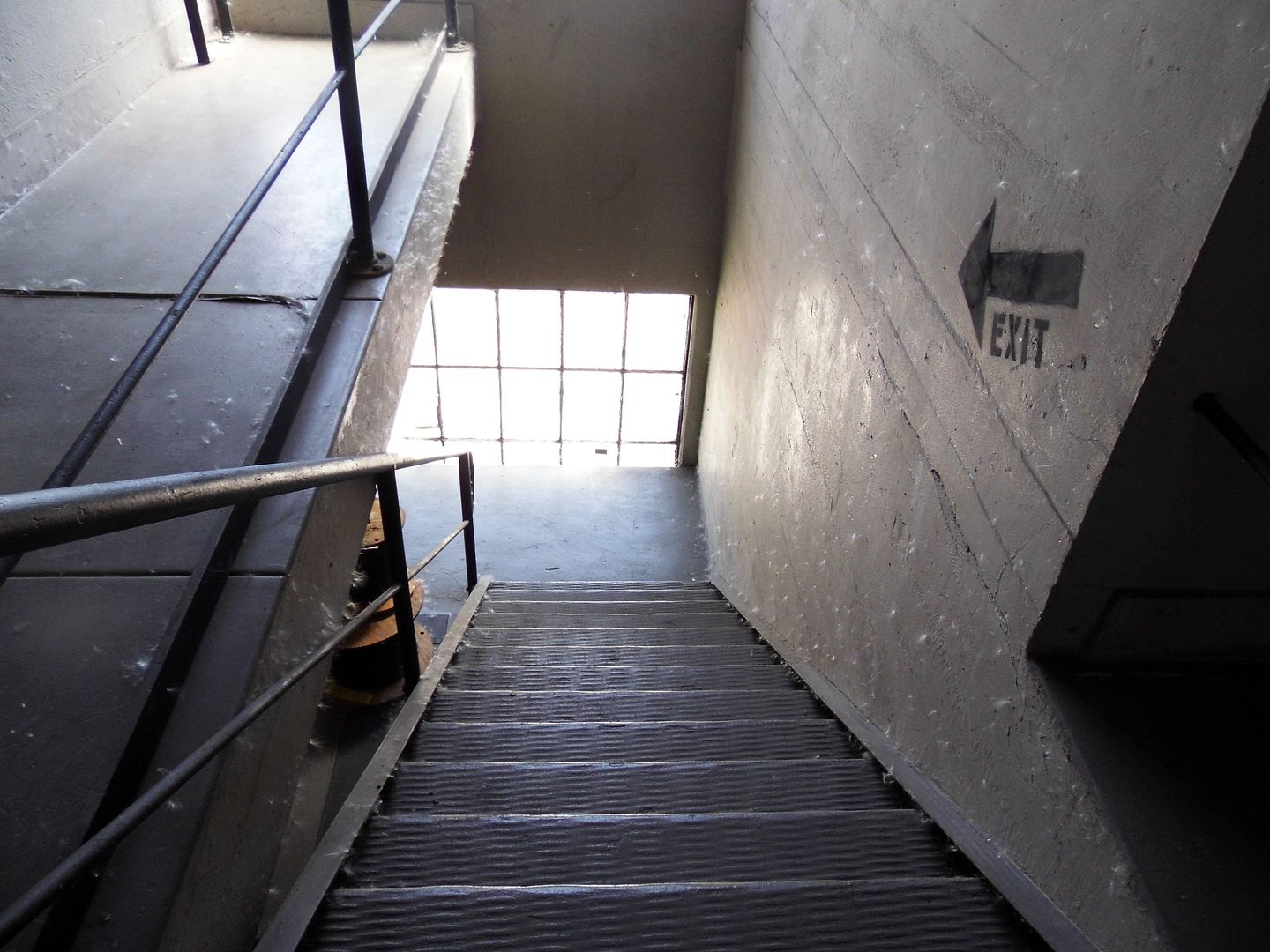
After all, some of them are completely out of our control anyway.
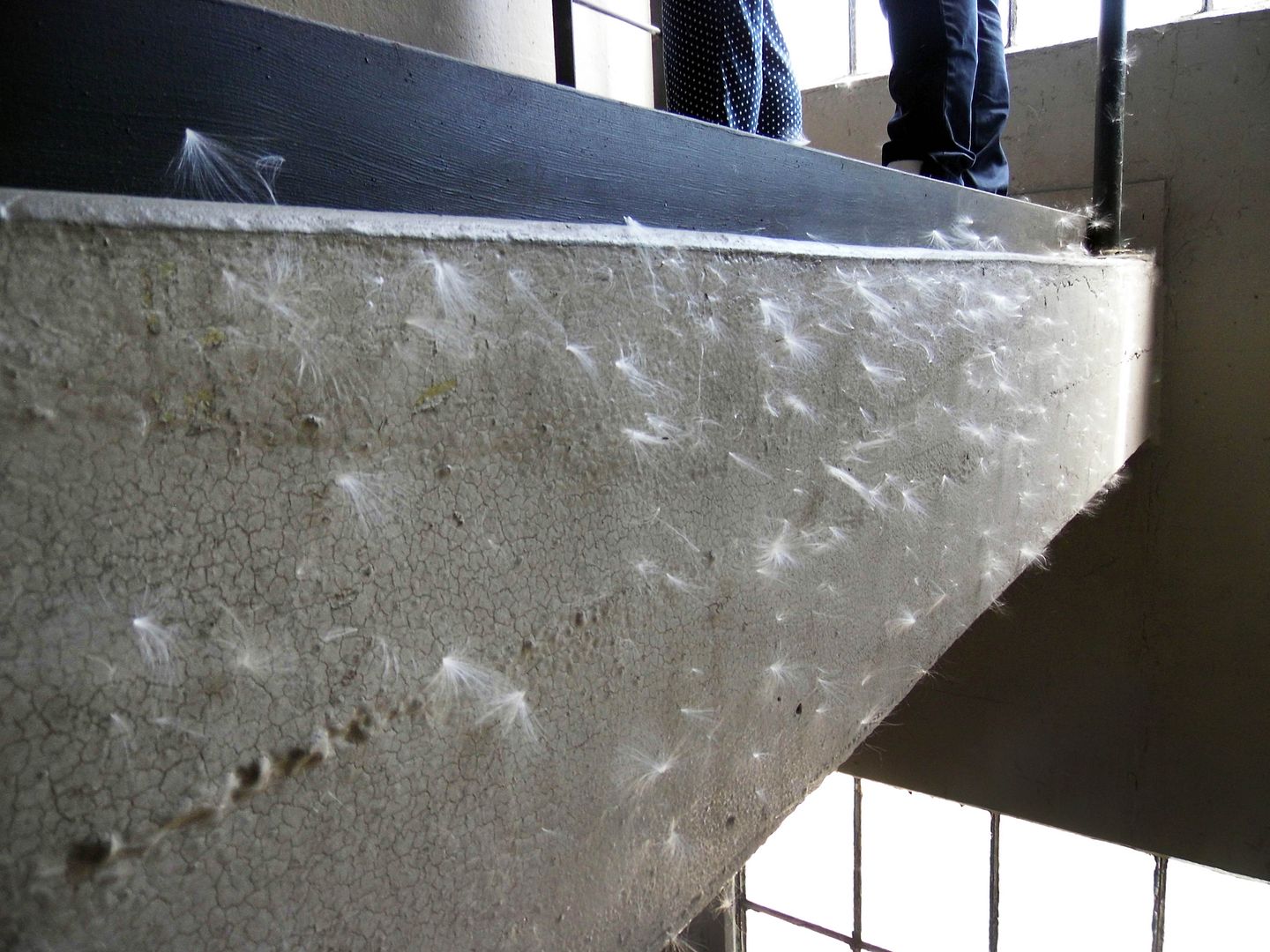
And my wish was for somebody who wasn't even there. I sure hope my wish fulfillment track record improves now that the focus is off of me.
Because sometimes you have to give up on the wish that just won't come true. And you have to shift your focus to one that might.
But you can still have hope...
Related Posts:
A Missed Calling
On Settling
Getting In Touch With My Inner Sixth Grader

